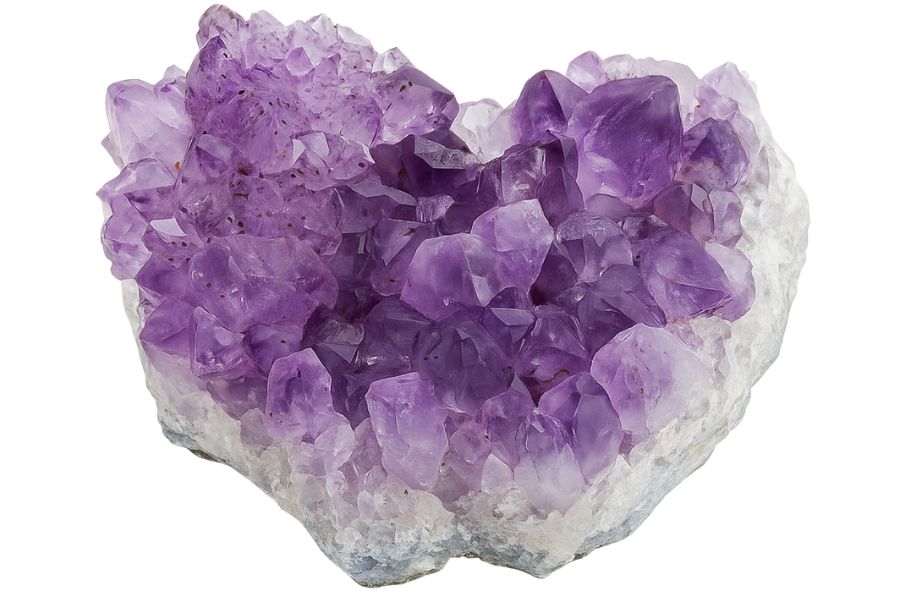There are plenty of opportunities for gem hunting in Massachusetts, and the variety of gems here might surprise you. The state has a long history of producing stones that catch the eye and add to any collection.
With just a little effort, you can find places where gemstones are waiting to be picked up! The key is knowing how to look closely and not rushing past details that could lead you to a good find.
Some of the best spots to look are where water or human activity has uncovered new material. Old quarries, riverbeds, and even gravel deposits can turn up something worth keeping if you pay attention.
This guide can point you toward the most promising areas in Massachusetts and give you tips on how to approach them. With a bit of knowledge, you can leave with more than just one or two stones and instead gather a range of beautiful finds.
We will show you the best locations, but identifying your discoveries is just as important. For that, Rock Chasing’s New England Rocks & Minerals Identification Field Guide is an invaluable companion that ensures you know exactly what you are holding, so you never walk away from a great find.
- The extensive local experience and understanding of our team
- Input from several gem hunting groups and organizations
- The accessibility of the mining locations
- Safety and potential hazards when collecting
- Private and public locations
- A desire to include locations for both experienced gem hunters and those who are just starting out
Overall, we’ve been able to put together a great list that anyone can use to locate a lot of beautiful gems.
The Gemstones Found In Massachusetts You Can Mine
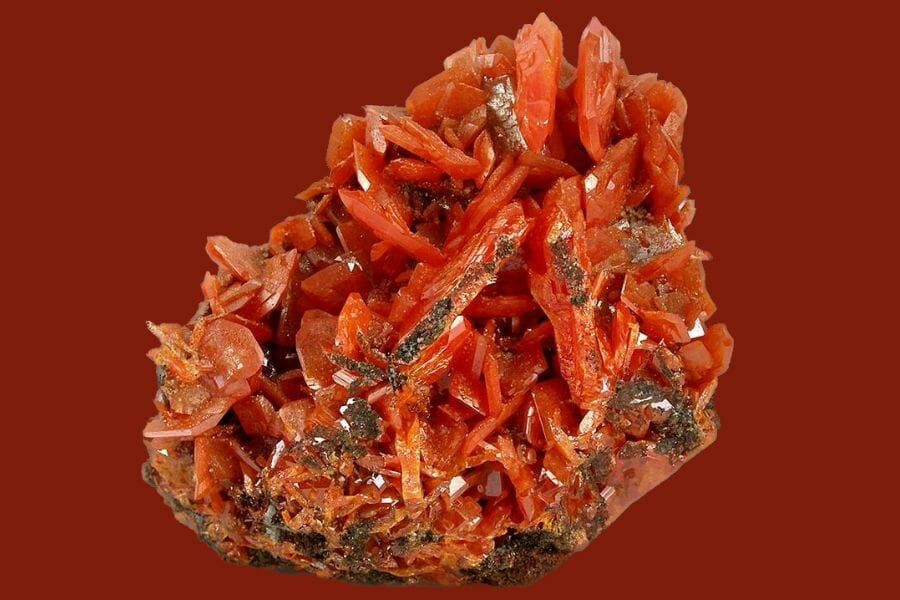
Our state may be small in area compared to others, but it’s definitely packed with a rich variety of gemstones waiting to be discovered. In this article, we’ll share with you some of the best places to start this discovery. Aside from Massachusetts, we also crafted other guides to help you locate gem mines near you, wherever you are. With the right information and a bit of luck, you’ll experience how rewarding gem mining can be!
Opal
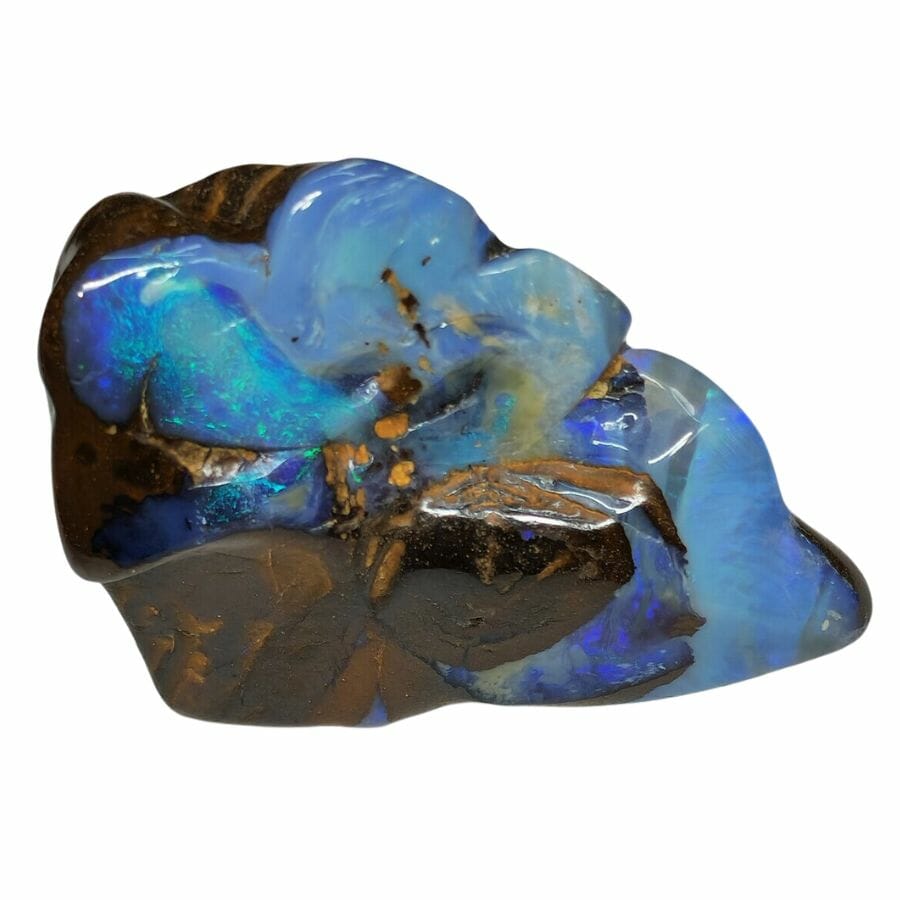
Opals are like rainbows trapped inside a rock! If you’ve ever held an opal up to the light, you’d see a dance of fiery colors ranging from blues and greens to fiery reds and oranges.
It’s a sight to behold and easily makes opal one of the most magical and mesmerizing gemstones out there.
Opals form when water, rich in silica, seeps into the ground and fills cracks or spaces in rocks. Over time, as the water evaporates, it leaves behind tiny silica spheres.
These spheres pile up in layers, and like magic, they create the shimmering colors of the opal.
This play of color is what makes each piece of opal unique.
Apart from its sheer beauty, many cultures believe that opal brings good luck. For centuries, people have used opals in jewelry, from rings to necklaces, to show off their dazzling colors.
They’re often given as gifts to celebrate 14th wedding anniversaries, making them one of the most valuable rocks in Massachusetts.
Opals also come in many varieties. There’s black opal, which has a dark background and is super rare, and there’s white opal, which is lighter. There’s even boulder opal, which has thin veins of color running through the stone.
Where you can find opal in Massachusetts
- Route 13 area, Lunenburg
- Rollstone Hill Quarries, Fitchburg
- PJ Keating Quarry, Dracut
You won’t believe how many incredible rocks and minerals you’ve walked past across New England without knowing their names.
This field guide makes it insanely easy to spot gems, minerals, and hidden treasures anywhere you explore.
📘 Check out the New England Field Guide Now →
What makes it different:
🚙 Field-tested across New England
📘 Heavy duty laminated pages resist dust, sweat, and water.
🧠 Zero fluff with clear visuals and straight-to-the-point info.
📍 Find hidden gems like Topaz, Amethyst, and beautiful crystals.
Zircon
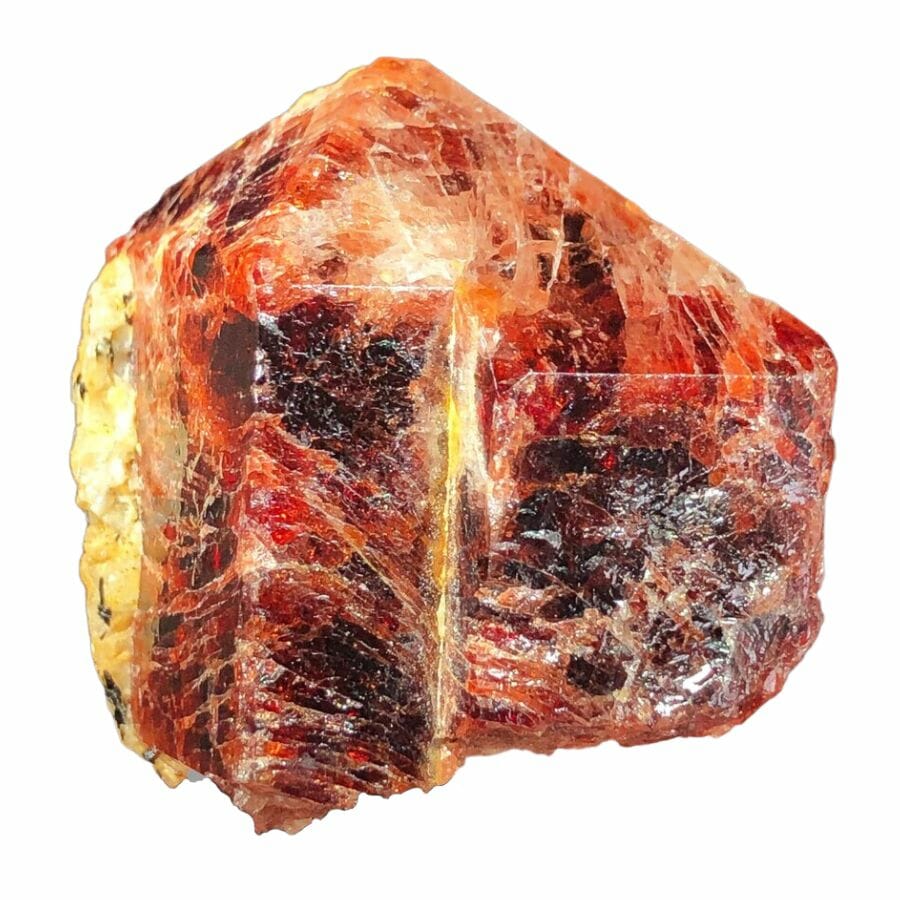
Zircon is an amazing gemstone that has a sparkle similar to diamonds. But there’s more to zircon than just its shimmer! It’s one of the oldest minerals on Earth, and it’s been around for billions of years!
This ancient gem forms from magma. When this magma starts to cool down, zircon crystals begin to grow. Over time, these crystals get pushed closer to the Earth’s surface because of natural movements like earthquakes.
Eventually, zircon crystals can be found in rocks or even in the sand at beaches.
Zircon comes in a rainbow of hues, from clear to deep reds, sunny yellows, and even cool blues. The different colors happen because of tiny amounts of other minerals that sneak into the zircon as it forms.
Its dazzling brilliance makes it a favorite for jewelry. Plus, since it’s been around for so long, scientists sometimes use zircon to learn about Earth’s history. By studying zircon, they can figure out what our planet was like billions of years ago.
Where you can find zircon in Massachusetts
- Railcut Hill, Gloucester
- Rockport, Essex County
- Chelmsford Lime Quarries, Chelmsford
Spinel
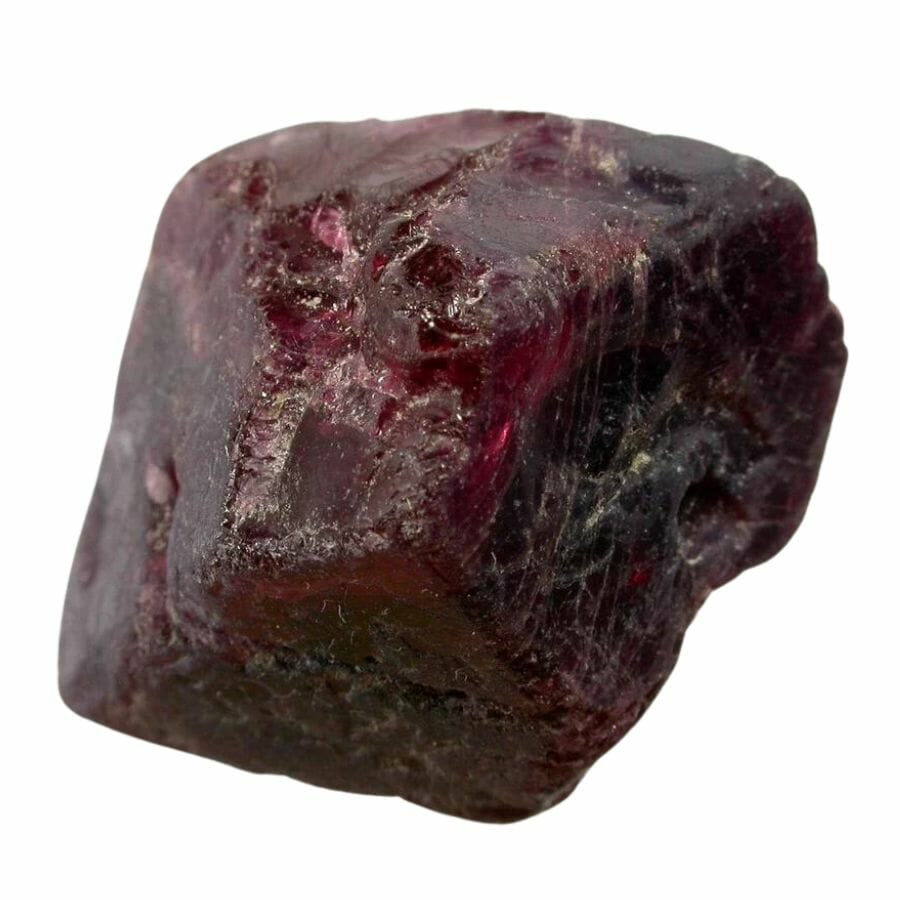
If you’ve ever seen a gem that shines in vibrant reds, pinks, blues, or even purples, you might have laid eyes on spinel.
Spinel is born deep within the Earth’s crust, where heat and pressure are super high. Here, limestone gets cozy with magma.
When the two meet, spinel starts to form. It’s like baking a cake, but instead of flour and eggs, you’ve got magma and limestone.
And when the “oven” cools down, we get these shiny spinel crystals!
Now, you might be wondering why spinel isn’t as famous as rubies or sapphires. Well, for a long time, people actually got them mixed up! Some famous “rubies” in crown jewels are actually red spinel.
That just goes to show how beautiful spinel really is.
Other than its appearance, spinel is super durable, making it great for jewelry. It also won’t scratch easily, so you won’t have to worry too much about wearing it.
Where you can find spinel in Massachusetts
- Chester Emery Mines slag locality
- Bolton Lime Quarries, Bolton
- Chelmsford Lime Quarries, Chelmsford
Jasper
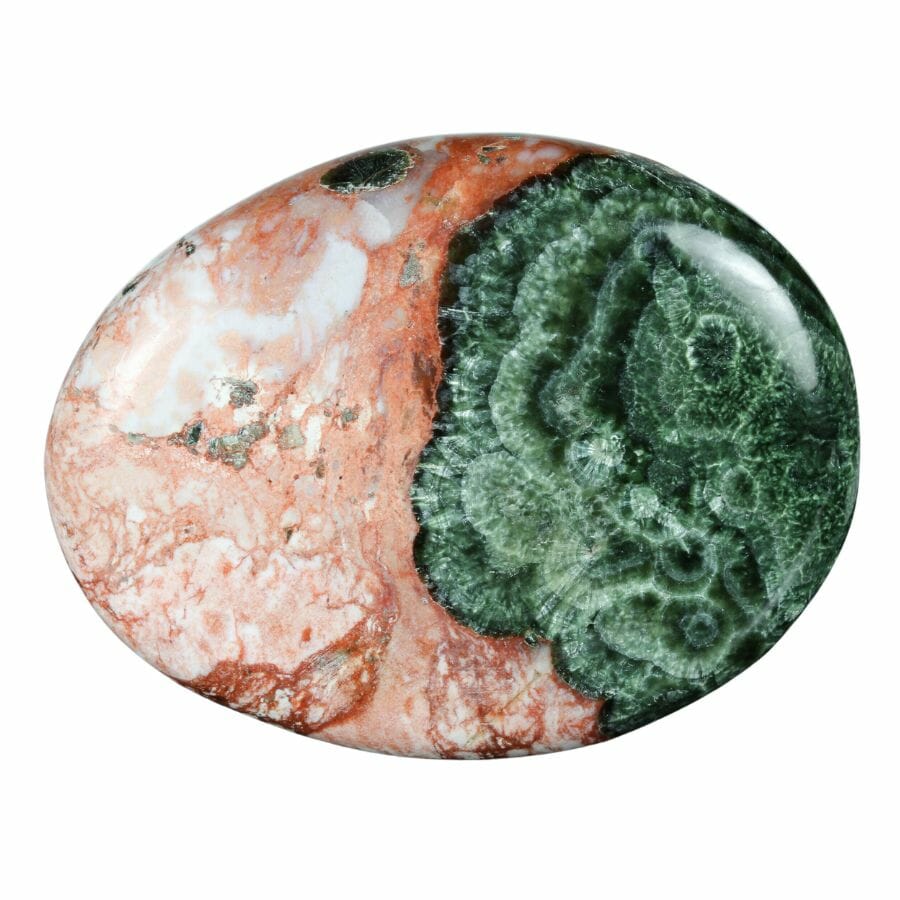
Jasper is a fascinating rock that you can find right here in Massachusetts. It comes with a splash of colors and patterns all mixed together. Jasper is actually a type of quartz, but it’s way more colorful and interesting than regular quartz.
It all starts deep underground with flowing hot water. This hot water carries tiny bits of minerals like iron, which mix with silica. As the water cools down, these minerals start to stick together. Eventually, they turn into jasper.
It’s like a slow and careful recipe that takes millions of years to cook! The different colors and patterns in jasper come from the various minerals that get mixed in.
People have loved and valued jasper for thousands of years. Not just because it’s pretty, but also because it’s tough and can be carved into all sorts of things like bowls, jewelry, and statues.
Some folks even believe that jasper has special powers, like bringing good luck or calming your nerves. Whether or not you believe in that, there’s no denying that jasper is a real gem of a rock.
Where you can find jasper in Massachusetts
- Hoosac River “Jasper” locality, Williamstown
- Allston-Brighton, Boston
- Saugus, Essex County
Beryl
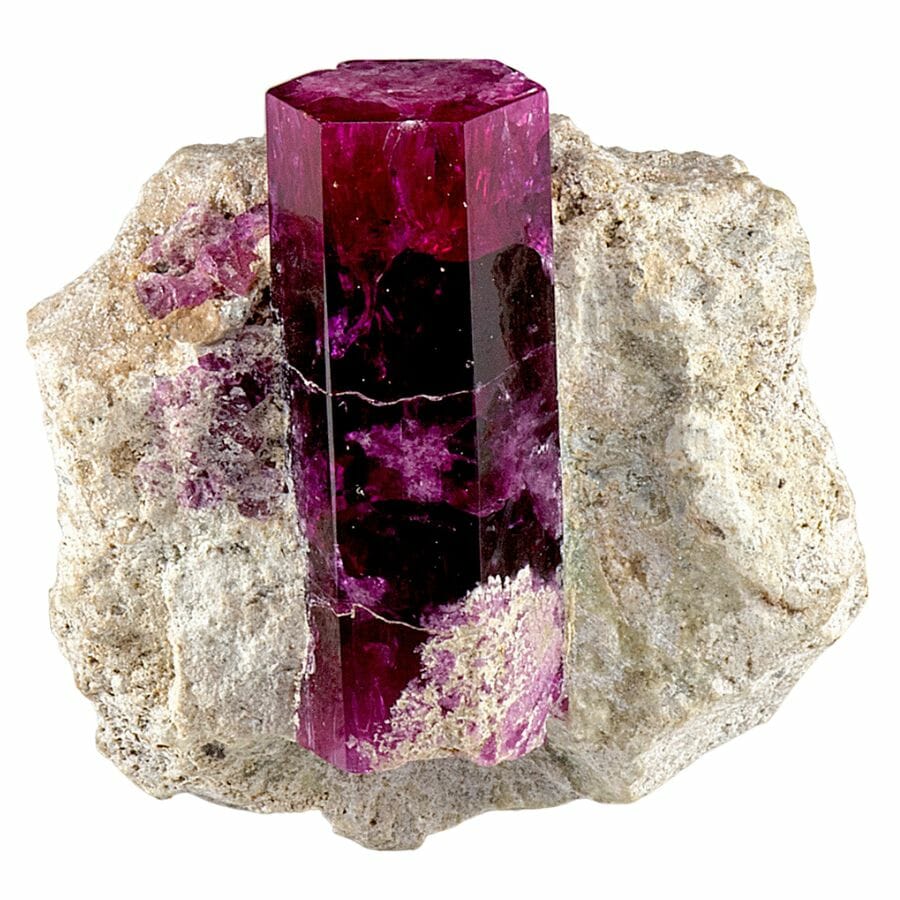
Beryl is one of the coolest gemstones found in Massachusetts! It comes in a variety of colors, and each gem color gets its own special name. For example, when beryl is green, we call it emerald. When it’s pale blue, it goes by the name aquamarine.
Deep beneath the Earth’s surface, hot magma is constantly moving. As this magma cools, various minerals start to form. Beryl is born when certain elements, like beryllium, mix with other elements in just the right way.
Over a lot of time, and with a dash of geological luck, these elements come together to create the dazzling crystals we know as beryl.
Beryl is beautiful to look at, whatever color it comes in. But there’s more to it than just looks. Beryl is also hard and durable, which means it doesn’t scratch easily. This makes it perfect for things like rings or necklaces that get worn every day.
Where you can find beryl in Massachusetts
- Route 146 road cut, Sutton
- Acton, Middlesex County
- Route 114 pegmatite locality, North Andover
Galena
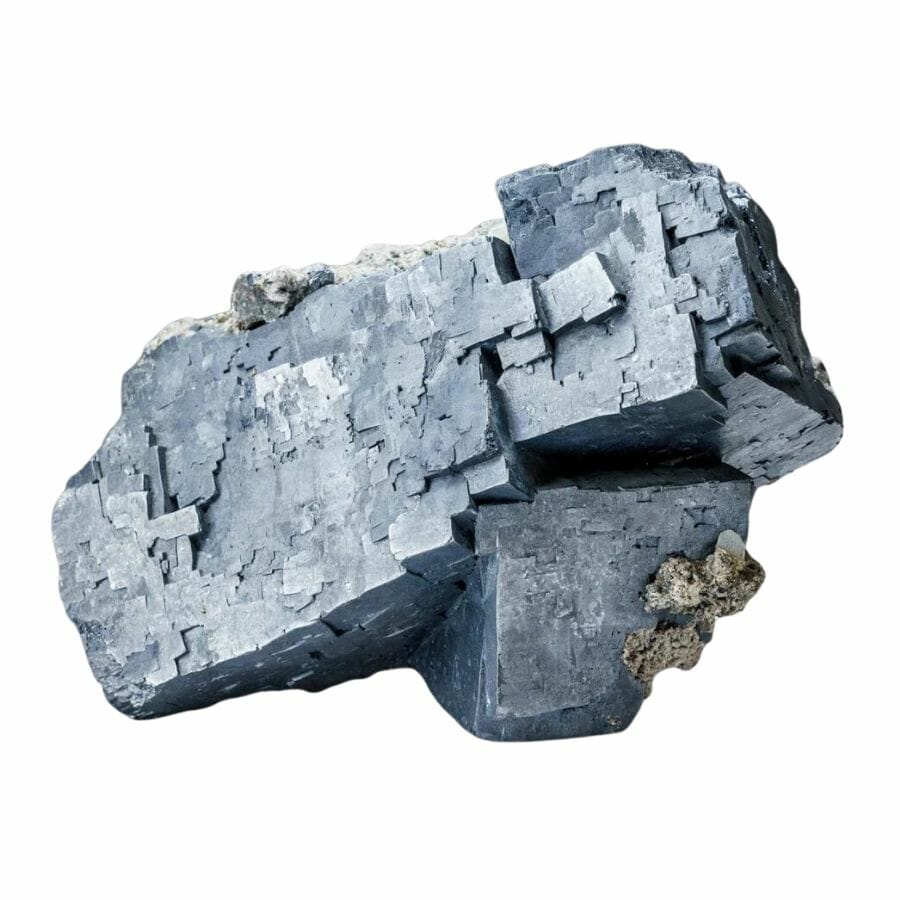
Galena is one of those minerals that might not win a beauty contest against sparkly gems, but it has its own special charm and value. It’s often recognized by its metallic gray color and cube-like shapes.
This mineral likes to hang out in places where there’s magma. When magma starts to cool down, different minerals form. Sometimes, one of those minerals is galena.
Galena is actually super important in our daily lives! It’s the main ore of lead, which we use in things like car batteries and shielding for medical X-rays. So, galena might not make beautiful jewelry, but it’s a real workhorse in our modern world.
In Massachusetts, galena is a part of the geological puzzle. It tells us about the ancient conditions deep within the Earth, and how those have shaped the land over millions of years.
Galena may not be the flashiest mineral, but it’s a solid and valuable part of Massachusetts’ rocky landscape!
Where you can find galena in Massachusetts
- Newburyport area lead mines, Essex County
- Montgomery area mines, Hampden County
- Devil’s Basin Quarry, Essex County
Chalcopyrite
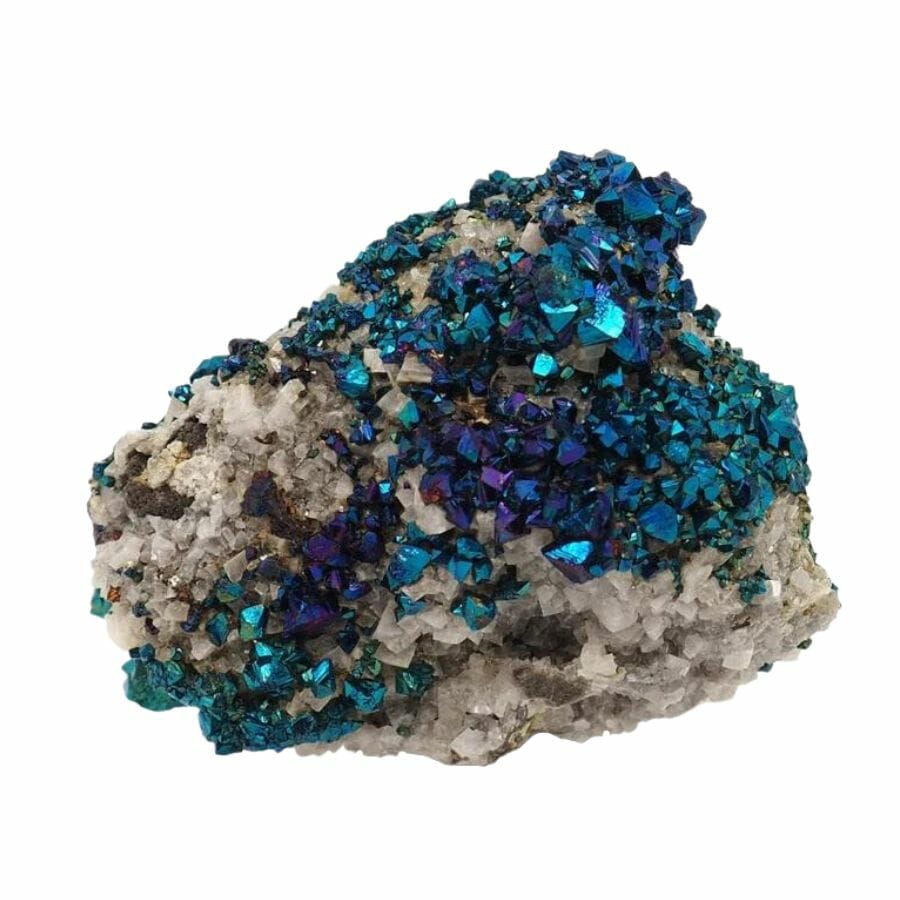
When you look at chalcopyrite, you might think you’ve struck gold. It’s one of the most fascinating types of rocks found in Massachusetts, and that’s saying a lot!
It can come in this amazing golden-yellow color with an eye-catching metallic luster. But hold on, it’s not gold – it’s a mineral made mostly of copper, iron, and sulfur!
Sometimes, it can also come in blues, purples, and pinks.
Imagine deep underground, where rocks are constantly shifting and changing. In these hidden places, hot fluids filled with all sorts of elements move through the cracks.
When these fluids cool down, the elements come together and form minerals like chalcopyrite.
Beyond its glittering exterior, it’s super handy. This mineral is a major source of copper, an element we use in loads of ways, from making coins to crafting electrical wires.
Thanks to chalcopyrite, we have access to the copper that’s become essential in our daily lives.
Where you can find chalcopyrite in Massachusetts
- Davis Mine, Rowe
- Devil’s Basin Quarry, Essex County
- West Springfield area mines, Hampshire County
Apatite
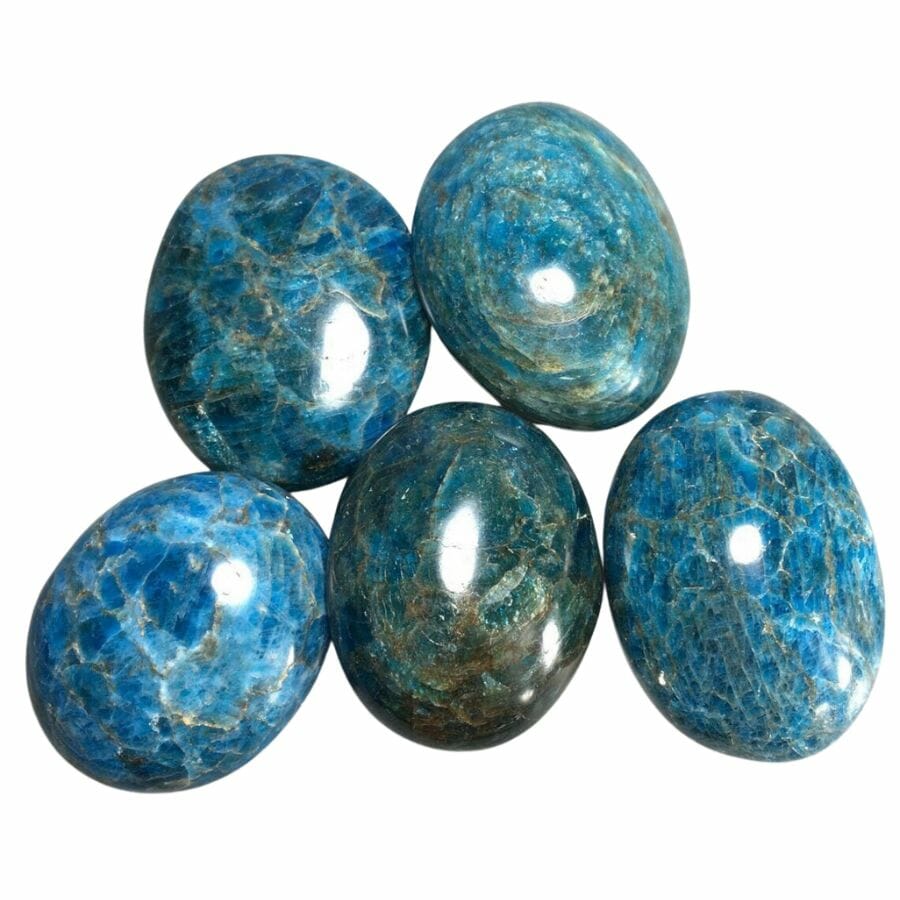
Apatite might not be as famous as diamonds or gold, but it has a charm of its own. This cool mineral comes in a rainbow of colors – from dreamy blues and vibrant greens to subtle yellows and clear crystals.
Apatite’s journey begins deep inside our planet. Earth’s underground world is a hot and bustling place, with liquids full of different elements. As these liquids start to cool, the elements inside begin to team up.
When phosphorus, calcium, and a few other elements decide to join forces, they create the wonderful mineral known as apatite.
Because apatite is a stunning gem, it’s a favorite for some jewelry pieces. But that’s not all apatite can do.
This mineral is also a key player in the world of farming because it’s the main source of phosphorus.
Phosphorus is a key ingredient in fertilizers that help plants grow strong and healthy. Without apatite, our gardens and farms might not be as green and lush!
Where you can find apatite in Massachusetts
- Barrus Farm, Goshen
- Lime Quarry Reservation, Chelmsford
Almandine
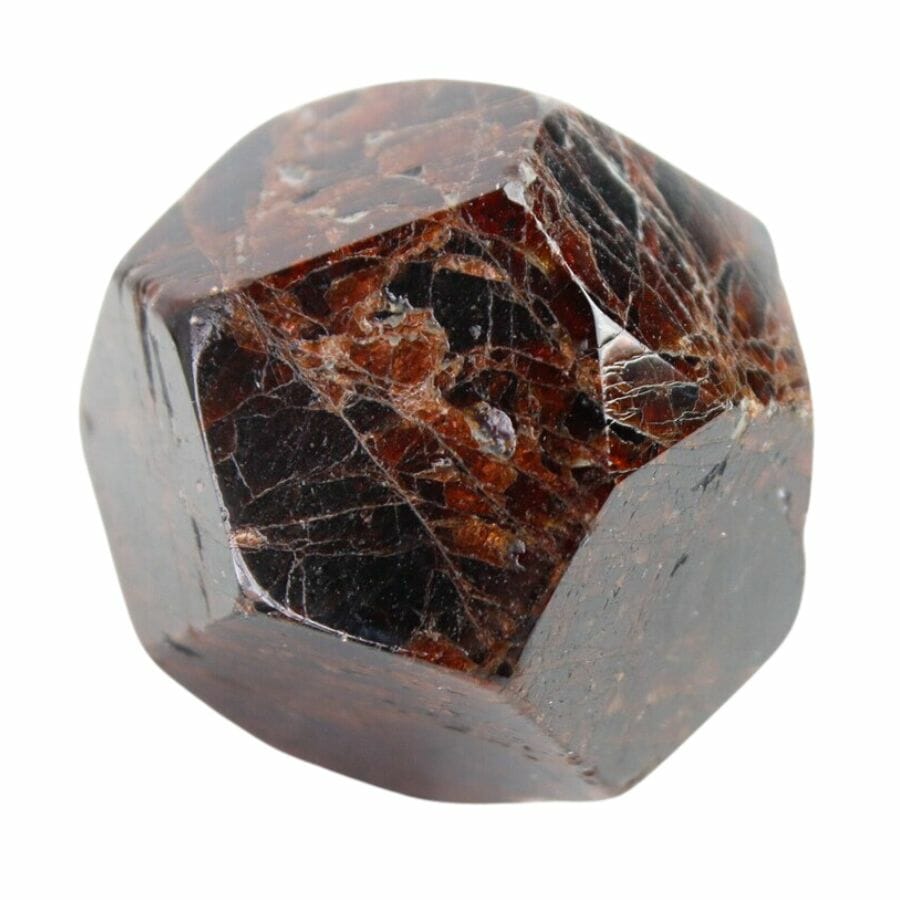
Almandine is one of the types of garnet, and it’s well-known for its deep, red hue that can sometimes have a hint of orange or violet. Imagine the glow of a sunset captured inside a stone. That’s almandine for you!
The formation of almandine all starts deep inside the Earth, where everything’s warm and pressures are super high. Here, in these depths, rocks undergo transformations.
When specific elements like iron, aluminum, and silica decide to come together under these intense conditions, they give birth to almandine.
Almandine’s gorgeous color makes it a favorite in jewelry. People have been turning almandine into sparkling gems for rings, necklaces, and other accessories for ages.
It has also been used in industrial settings. Its hardness makes it great for things like sandpaper, where it can grind and polish other materials.
Where you can find almandine in Massachusetts
- Marlborough Junction locality, Marlborough
- Rollstone Hill Quarries, Fitchburg
- Walnut Hill Pegmatite prospect, Huntington (Norwich)
Fluorapatite
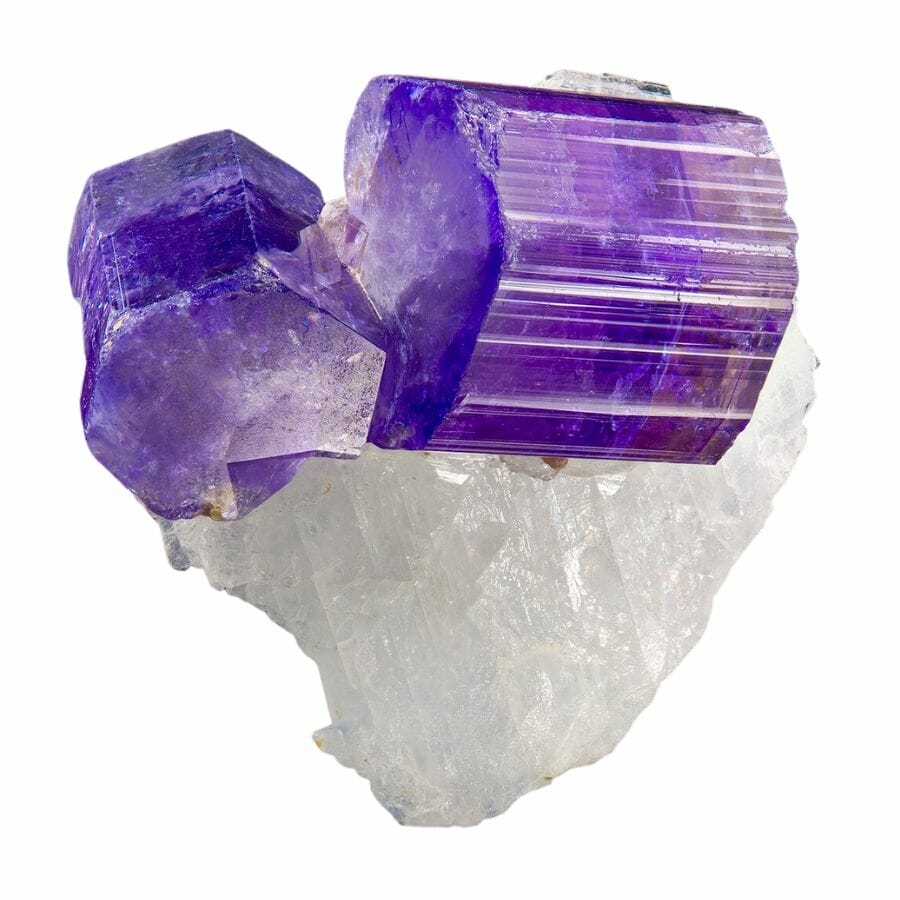
Fluorapatite is like the dazzling cousin in the apatite mineral family! This cool mineral is often a lovely blue or green color, but sometimes it can be clear or even a soft purple. Its name, fluorapatite, comes from the presence of fluorine in its structure.
The birth story of fluorapatite is a thrilling tale from deep within the Earth. Picture this: hot liquids filled with a bunch of elements swirling around, looking for pals to team up with. As they start to cool down, certain elements start pairing up.
In the case of fluorapatite, elements like calcium, phosphorus, oxygen, and fluorine come together in a special dance. And voila! Fluorapatite is born.
Its captivating colors make it one of the most sought-after crystals found in Massachusetts. When polished, it sparkles and shines, catching the eye of anyone nearby.
Fluorapatite also plays a helpful role in agriculture. It’s a source of phosphorus, which is super important for fertilizers. That means fluorapatite indirectly helps our plants grow big and strong.
Where you can find fluorapatite in Massachusetts
- Aggregate Industries Quarry, Ashland
- US Highway 3 / State route 62 interchange, Bedford
- Interstate 290/Interstate 495 interchange road cuts, Marlborough
Garnet
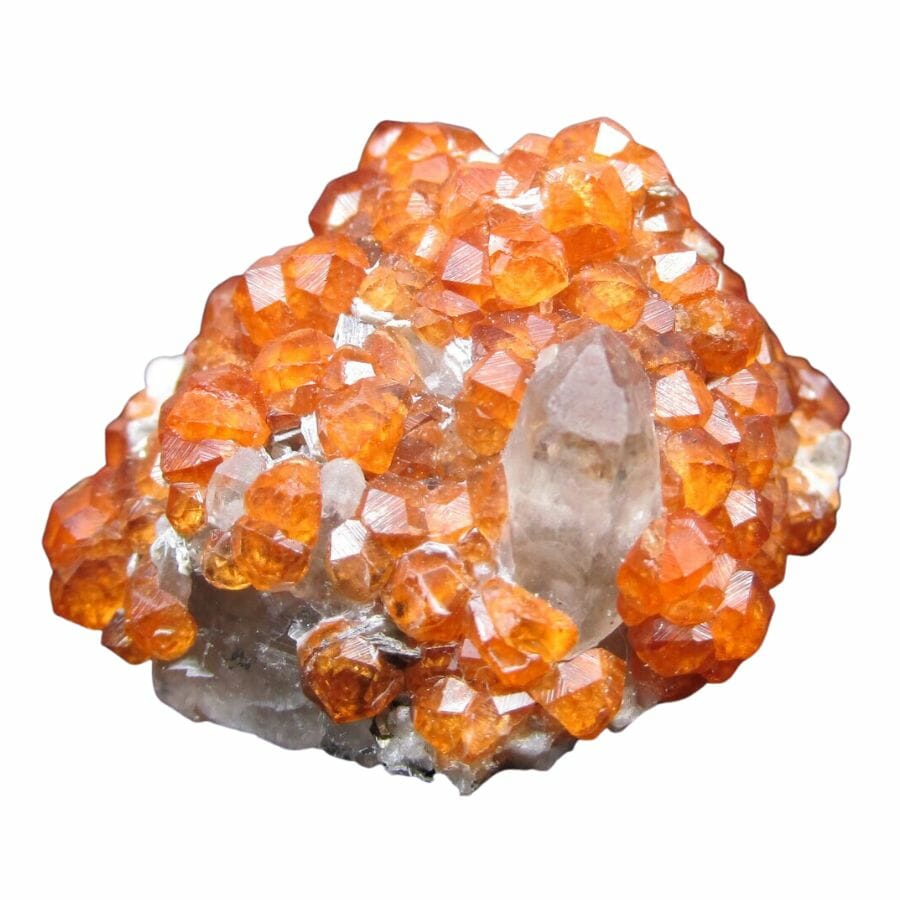
Garnet, with its deep red hues and sparkling facets, isn’t just found in jewelry stores; it’s also one of the most valuable rocks in Massachusetts!
When you think of garnet, you might picture a deep, glowing red gem. But guess what? Garnets can also be green, orange, pink, or even almost black. This variety of colors makes garnet truly special.
Garnet’s story starts deep inside our planet, where conditions are perfect for a mineral-making party. Here, different elements hang out in hot liquids. As these liquids cool down, the elements start to join together.
For garnet, this is when elements like iron, aluminum, and calcium decide to team up. As they bond, they form the beautiful and varied crystals we know as garnet.
With its vibrant colors, garnet is super popular in jewelry. Imagine a necklace or ring shining with a garnet’s deep glow.
Beyond jewelry, garnet has some practical uses too. Because it’s a tough and durable mineral, it can be used in things like sandpaper. Its rough, grainy texture makes it great for polishing and smoothing different types of surfaces.
Where you can find garnet in Massachusetts
- Russell Garnet Mine, Russell
- Wendell, Franklin County
- Betts Manganese Mines, Plainfield
Sodalite
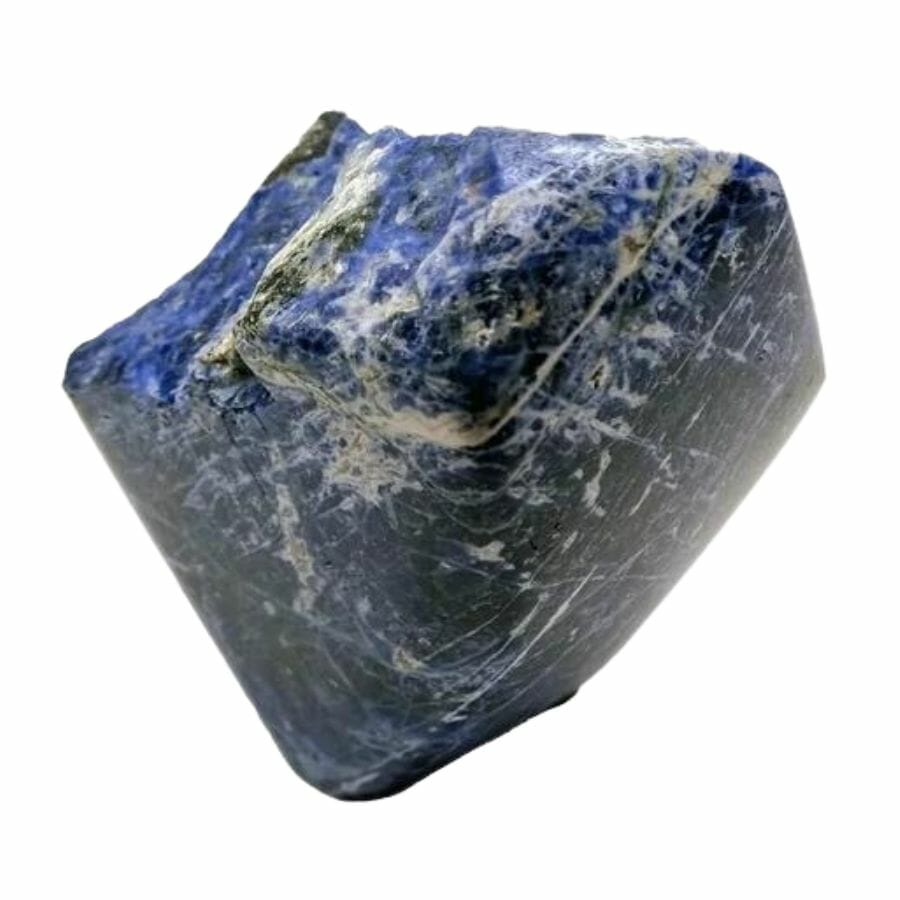
Sodalite is one of those minerals that’s just a joy to discover! Picture a deep blue sky dotted with fluffy white clouds. That’s what sodalite can look like, with its rich blue colors mixed with white streaks or patches
Deep inside the Earth, there are places where hot, molten rock called magma is cooling down. As it cools, various elements inside the magma start to team up and form different minerals.
For sodalite, certain elements like sodium, aluminum, and oxygen get together. As they bond and crystallize, they create the mesmerizing patterns and colors of sodalite.
Its striking blue color makes it a favorite for jewelry and decorative items. Think of necklaces, earrings, or even cool-looking sculptures made of sodalite!
Plus, some people believe that sodalite has calming properties, making it popular in spiritual and meditation circles.
But it’s not just about looks or beliefs. Sodalite has also been used in industry, especially in making glass products. Its unique chemical makeup helps to create some special types of glass.
Where you can find sodalite in Massachusetts
- Salem, Essex County
- Manchester-by-the-Sea, Essex County
- Beverly, Essex County
Aquamarine
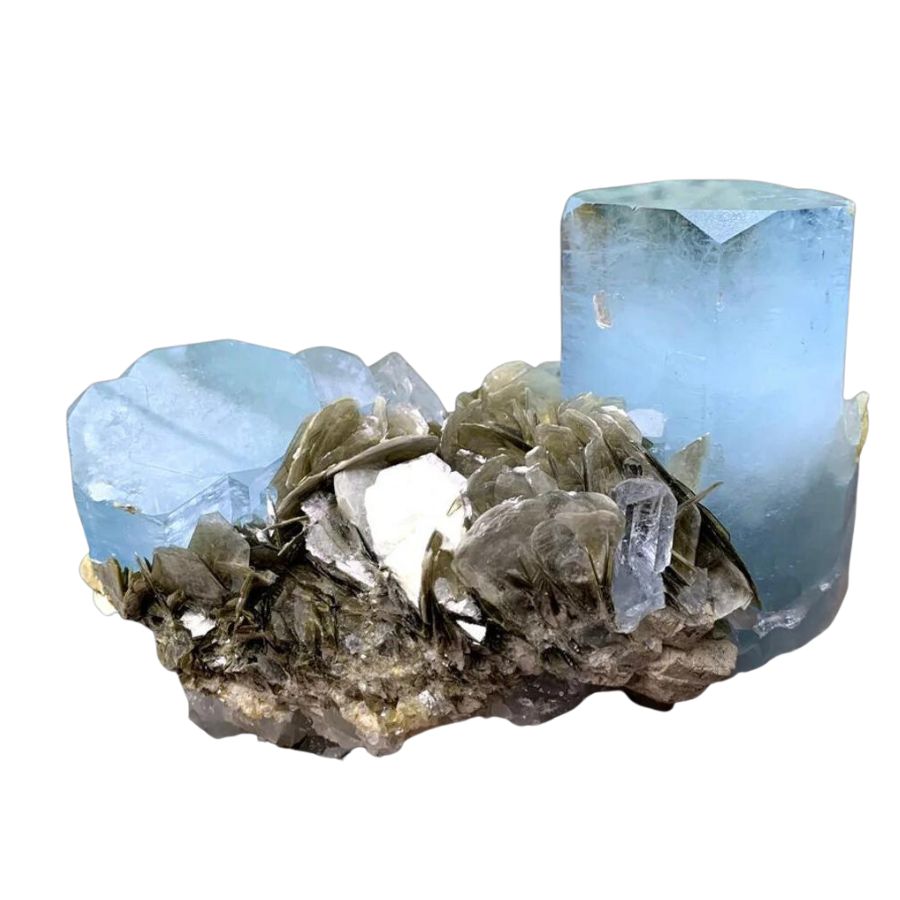
Aquamarine has a name that sounds just as beautiful as it looks! The name comes from two Latin words: “aqua” meaning water and “marine” meaning sea. It’s a name that paints a picture of clear, sparkling ocean waters.
That’s exactly the color of this stunning gemstone – a dreamy blue or blue-green, just like tropical seas.
Aquamarine starts its journey deep within the Earth. In places where magma is cooling down, elements like beryllium, aluminum, and silicon come together.
When these elements link up in the right way, they create the lovely crystal known as aquamarine.
It’s not very expensive, but the value of aquamarine goes beyond its price tag. Its soft blue color is simply breathtaking and is known to catch the eyes of gemstone enthusiasts all over the world
Jewelry makers adore aquamarine for its stunning appearance and often use it in rings, necklaces, and other pieces.
Aquamarine is also the birthstone for March, which means lots of people born in this month wear it in necklaces or rings.
And that’s not all! Throughout history, sailors would carry aquamarine as a lucky charm, hoping it would keep them safe on stormy seas.
Where you can find aquamarine in Massachusetts
- South Royalston beryl locality, Royalston
- Reynolds Mine (Beryl Hill Mine), Royalston
- Pearl Hill, Fitchburg
Rhodonite
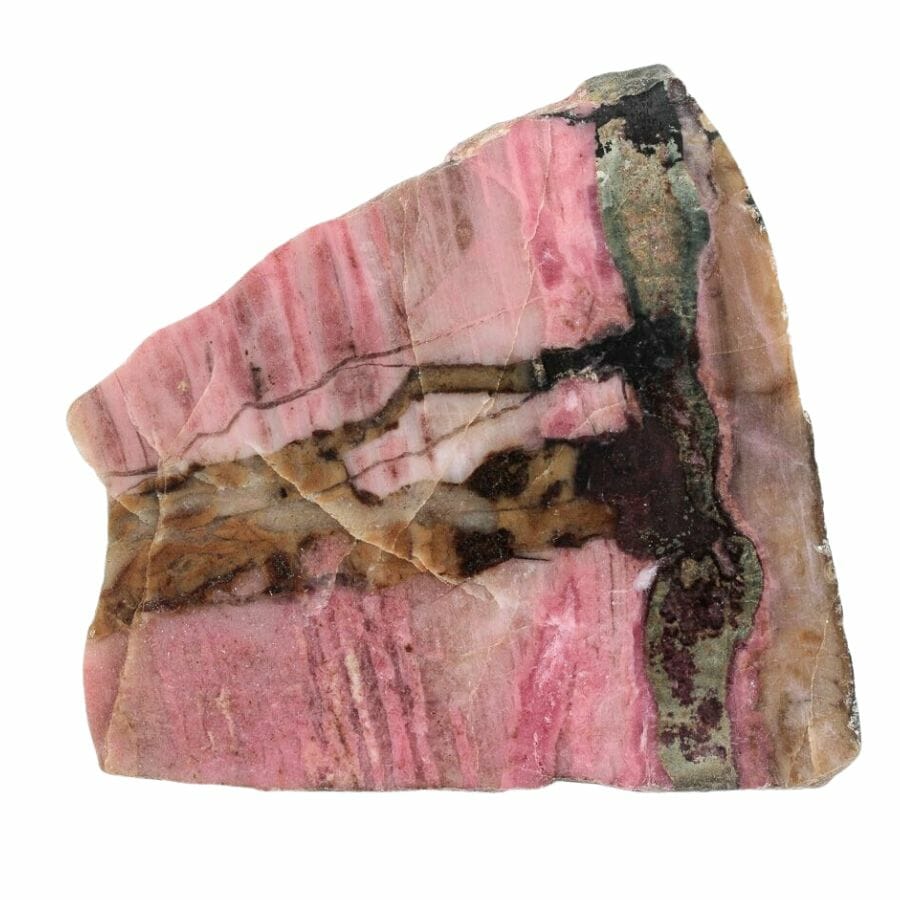
Rhodonite is a real showstopper in the world of minerals! Picture a stone with a rosy pink hue, sometimes mixed with black patterns or streaks. That’s rhodonite, standing out with its eye-catching color combo!
This mineral has a pretty neat origin story. Rhodonite is usually formed when magma cools down and hardens. During this cooling process, specific elements like manganese, oxygen, and silicon decide to come together.
As they bond and create crystals, they give birth to the beautiful pink and black patterns that are the trademark of rhodonite.
People adore rhodonite for several reasons. First, its vibrant pink hue with contrasting black streaks makes it a favorite for making jewelry, like necklaces, bracelets, and rings.
Apart from its beauty, rhodonite has another fun claim to fame. Many believe that this gem can help heal emotional wounds and encourage feelings of love.
In some places, rhodonite has also been used to make small decorative items and sculptures, showing off its rich colors and patterns.
Where you can find rhodonite in Massachusetts
- Betts Manganese Mines, Plainfield
- Forge Hill iron mines (Old Hawley iron mines), West Hawley
- Warwick, Franklin County
Rhodochrosite
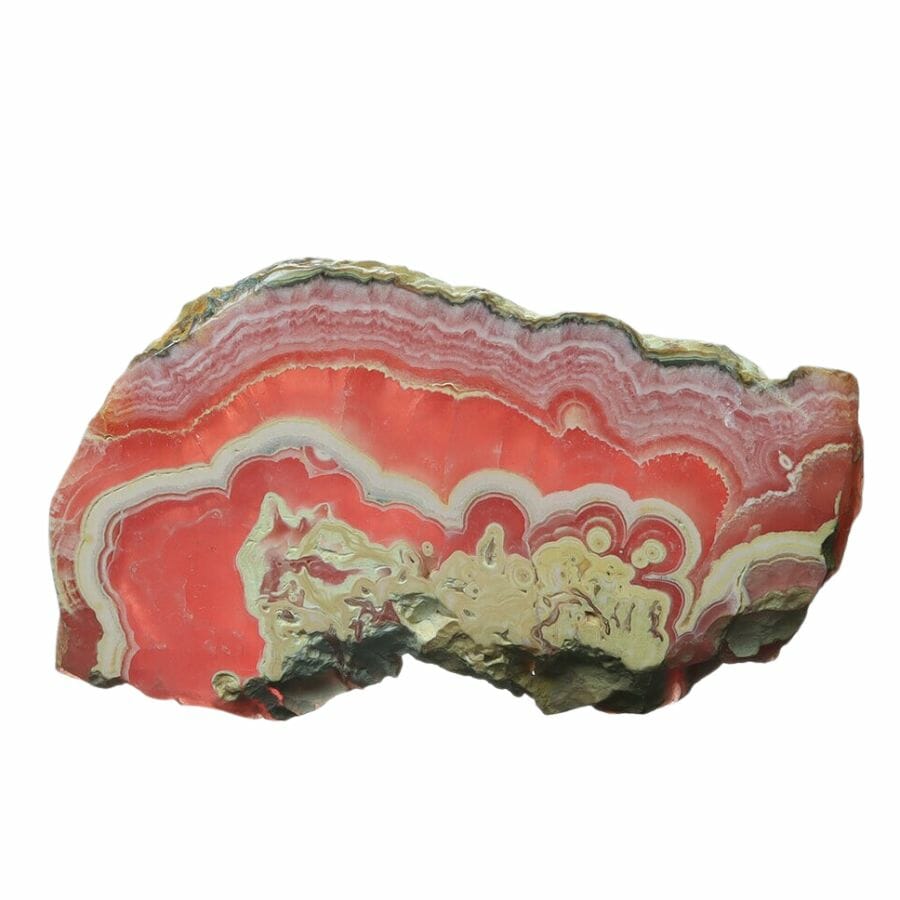
Rhodochrosite often forms in places where hot, watery solutions flow through cracks deep inside the Earth. These solutions carry various elements, including manganese, carbon, and oxygen.
As they mix and cool down, they create lovely rhodochrosite crystals.
Sometimes, rhodochrosite can also be found in caves as part of strange, flowing rock formations called stalactites and stalagmites.
Rhodochrosite’s unique color and pattern make it a favorite for jewelry. You’ll often see it turned into gorgeous earrings, pendants, and rings. And because each piece of rhodochrosite has its own special pattern, every jewelry item feels one-of-a-kind!
But it’s not just pretty to look at. Rhodochrosite is also studied by scientists for its unique chemical structure and properties. It’s a mineral that helps us learn more about how the Earth works.
Some people even believe rhodochrosite has the power to encourage love and compassion. Whether that’s true or not, one thing is sure: rhodochrosite is a gem that brings joy and wonder to those who discover it.
Where you can find rhodochrosite in Massachusetts
- Betts Manganese Mines, Plainfield
- Forge Hill iron mines (Old Hawley iron mines), West Hawley
- State Route 128 road cut/Cherry Hill area, Gloucester
Amazonite
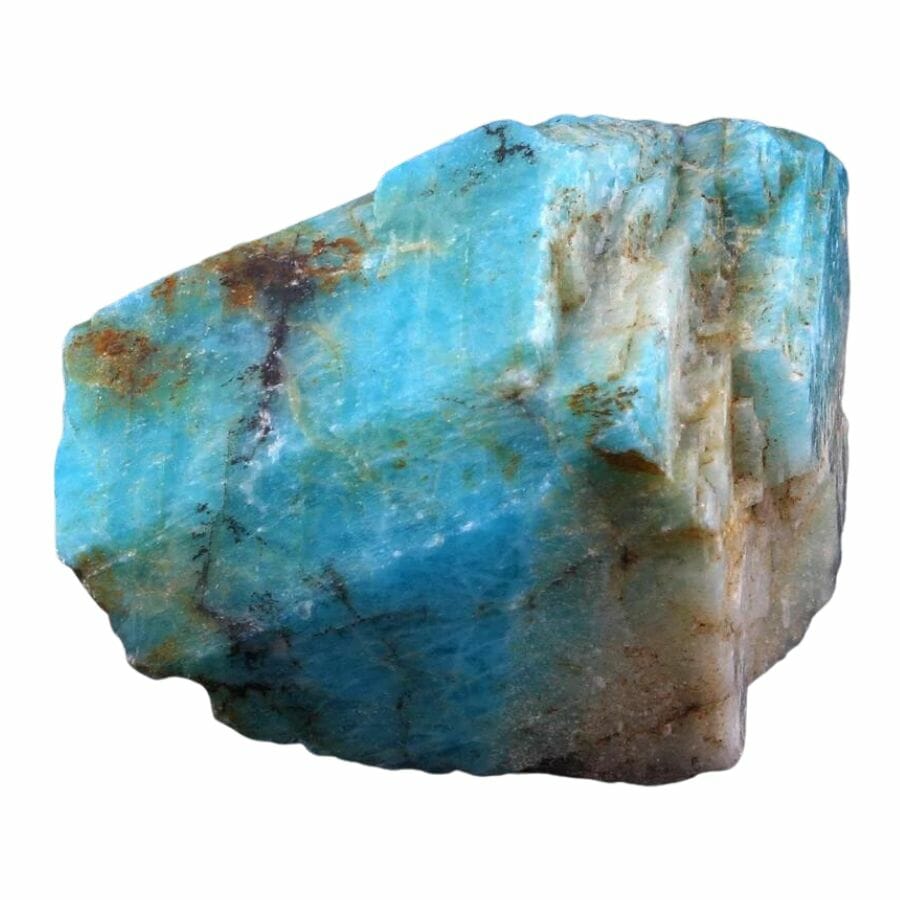
Picture a beautiful turquoise-green color, reminiscent of tropical seas, shimmering in rock form. That’s amazonite!
This vibrant mineral is a type of feldspar, one of the most common rock-forming minerals on our planet. Amazonite forms in pegmatites, which are large underground pockets of molten rock.
As this hot liquid rock cools and hardens, the right mix of elements, including potassium, aluminum, and oxygen, come together to create the lovely green crystals of amazonite.
Its stunning color is definitely a huge part of its appeal. Jewelers and crafters often choose amazonite for creating eye-catching jewelry pieces.
But its beauty isn’t the only thing that makes amazonite stand out among the different gemstones found in Massachusetts.
Historically, some cultures believed that amazonite had calming powers. People would keep a piece close by, thinking it could bring peace and balance to their lives.
And there’s more! Scientists and geologists are fascinated by amazonite. Studying this mineral gives them clues about the conditions deep inside the Earth when the rock was formed.
Where you can find amazonite in Massachusetts
- Walnut Hill Pegmatite prospect, Huntington (Norwich)
- Briscoe Hill, Beverly
- Blackburn Circle locality, Gloucester
Kyanite
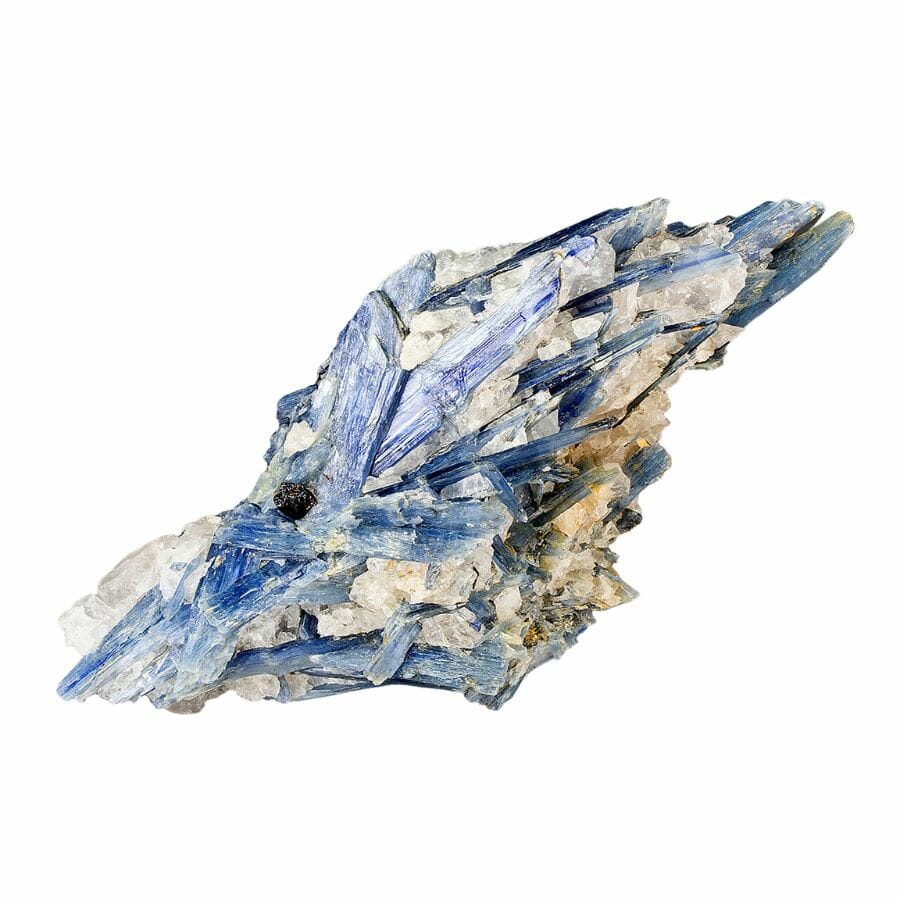
Kyanite is quite special in how it forms. This gem grows under the intense heat and pressure of metamorphic rocks. Imagine layers and layers of rock, all squished together so tightly that they begin to change and evolve.
As they transform, with the right mix of elements, kyanite crystals begin to take shape.
One of the super cool things about kyanite is its uniqueness in the world of minerals. It has a property called “anisotropy.”
In simpler terms, this means if you tried to scratch kyanite in one direction, it would be pretty tough. But if you tried in a different direction, it would be much easier.
Kyanite’s striking blue color is a showstopper for sure. It’s often used to create stunning rings, necklaces, and earrings. Artists are drawn to its varied shades of blue, which can range from pale to deep and vibrant.
This gem can also be used in industrial applications. Because it’s stable at high temperatures, it’s used in products that need to withstand a lot of heat, like ceramics and spark plugs.
Where you can find kyanite in Massachusetts
- Jungle Road area, Leominster
- PJ Keating Quarry (Lunenburg Quarry), Lunenburg
- Chesterfield Kyanite locality, Chesterfield
Datolite
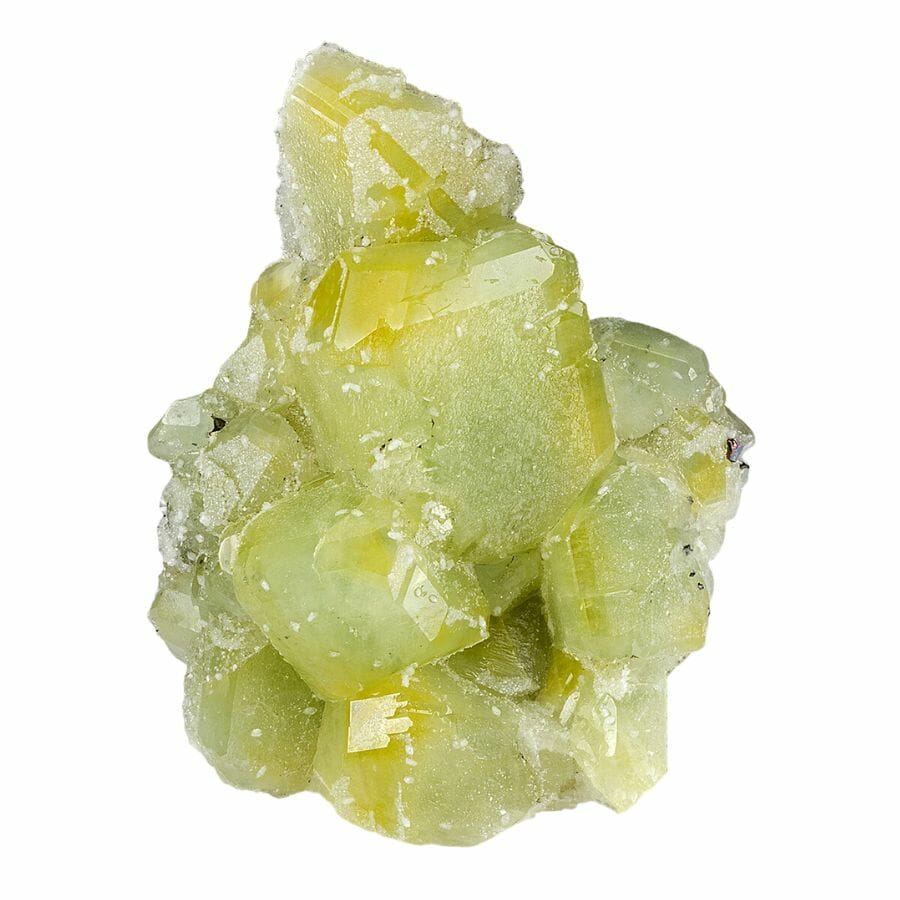
Datolite is a mineral that comes in an array of colors, from colorless to pale yellow, and sometimes even shades of green and pink. It has a sparkly, glass-like shine, which makes it a treat for the eyes.
This interesting mineral forms in cavities within basaltic volcanic rocks. Here’s the magic behind it: when hot water containing dissolved silica and boron moves through these rocks, as the water cools down, datolite begins to crystallize.
Over time, these small crystals can join to make bigger, beautiful specimens.
Datolite’s beauty is undeniable. Those who collect minerals often seek out datolite for its diverse range of colors and its lustrous sheen. Some pieces, especially those with a vibrant hue, can be cut and polished to make exquisite jewelry.
Besides its aesthetic appeal, datolite has scientific value. Geologists study it to gain insights into the environments and conditions where it forms. Its presence can provide clues about the history and changes the rock has undergone.
Where you can find datolite in Massachusetts
- Lane & Son traprock quarries (Lane’s Quarry), Westfield
- Hampden Quarry, West Springfield
- Cheapside Quarry, Deerfield
Lepidolite
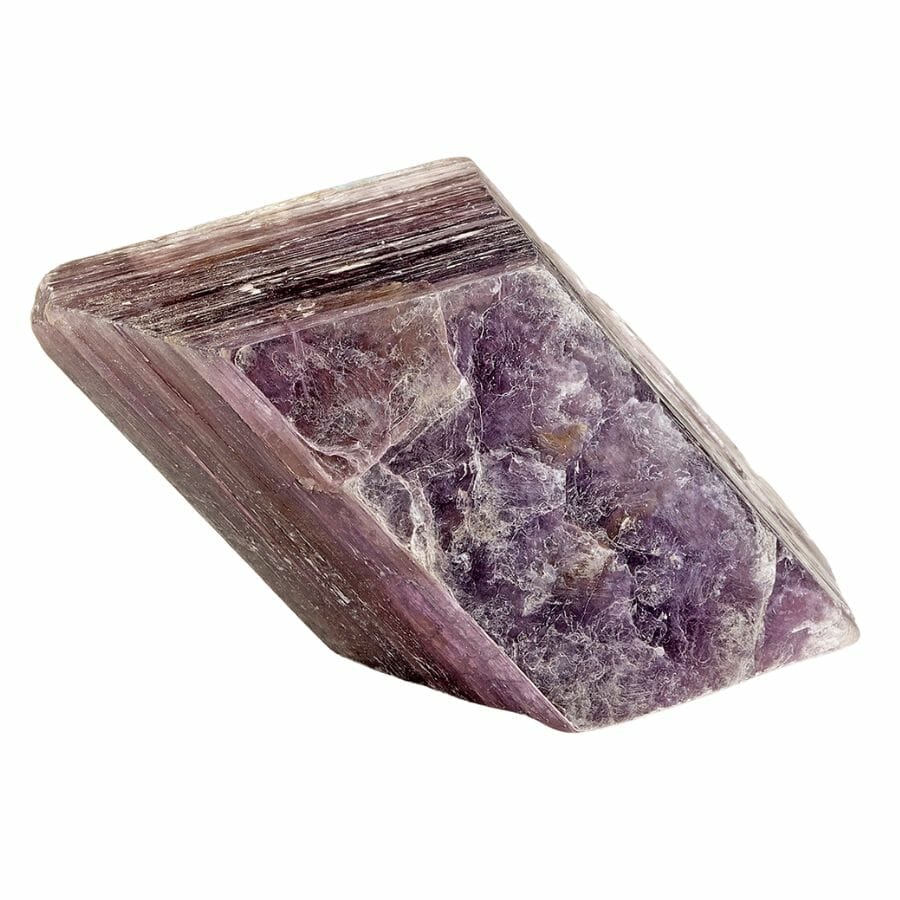
Lepidolite shimmers in colors like purple, rose, or even soft lilac. With these colors, it’s one of the more fascinating types of rocks found in Massachusetts.
The formation story of lepidolite is all about adventure. This mineral emerges from the cooling of molten rock, or magma. As the magma cools, different minerals begin to form, and in the presence of lithium-rich solutions, lepidolite takes shape.
It’s not a loner either; you’ll often find it hanging out with other minerals, such as tourmaline and quartz.
Aside from its obvious beauty, lepidolite has some cool uses too! One of its key components is lithium, which you might recognize as a name on batteries. Lithium is used in rechargeable batteries for things like our phones and laptops.
Lepidolite is one of the sources where we can extract this valuable element.
But it’s not just the practical uses that make lepidolite so special. Many people value it for its calming properties. Some believe that this gemstone can help bring peace and balance to one’s life.
Where you can find lepidolite in Massachusetts
- Clark Ledge pegmatite locality, Chesterfield
- Barrus Farm, Goshen
- Bolton Pegmatite float boulder occurrence, Bolton
Gypsum
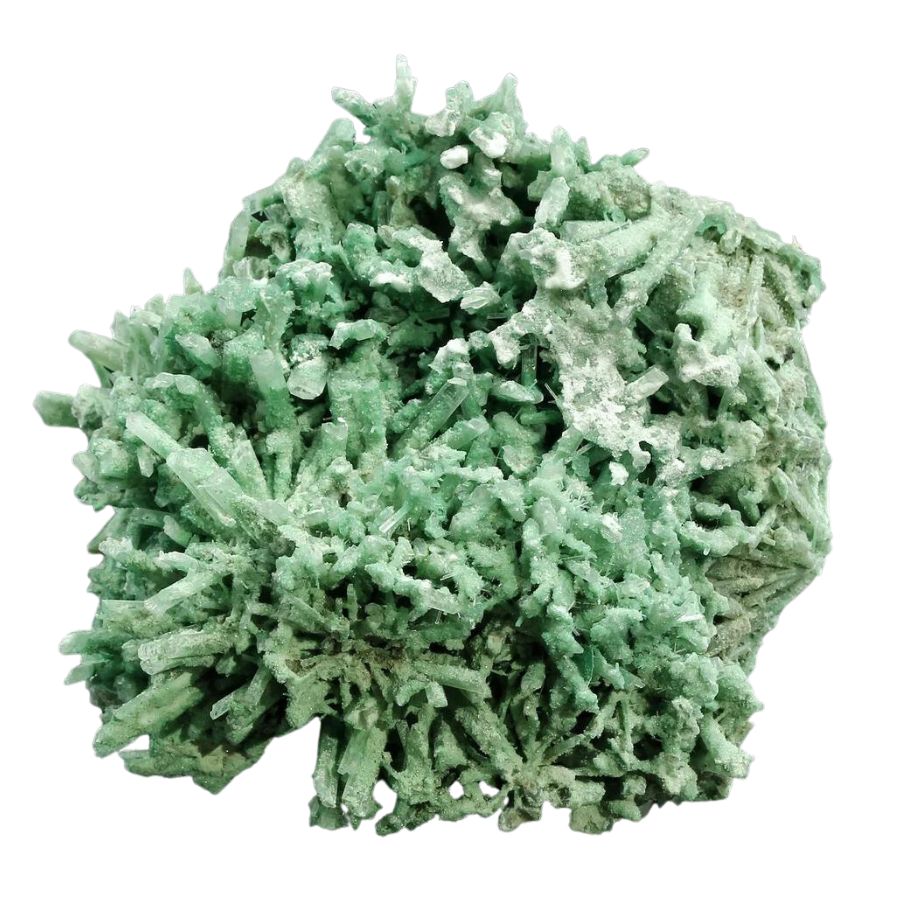
Gypsum is one of those fascinating minerals that you may have come across without even realizing it. Found in various forms, it’s a soft and often transparent mineral that really grabs attention.
First, let’s talk about how it’s formed. Gypsum is often born in dry, desert regions where salty lakes and seas have evaporated. As the water disappears, it leaves behind minerals, including gypsum.
Sometimes, gypsum can form from hot springs, or even in volcanic areas.
Gypsum is beautiful, especially when it forms into crystals like selenite. But its value goes way beyond its appearance. It’s also used in many everyday products that you’d never expect.
Drywall, the stuff used to make the walls in our houses, contains gypsum! The softness of gypsum makes it easy to work with, but when mixed with other materials, it can become strong and sturdy.
Gypsum also has a role in agriculture. Farmers use it to help break up compacted soil, allowing water and nutrients to reach plant roots more easily. This mineral not only beautifies our homes but also helps our food grow!
There’s also a cool scientific twist to gypsum. When it’s heated, the water trapped inside turns to steam, and the gypsum becomes a powder. This powder is the key ingredient in plaster.
Where you can find gypsum in Massachusetts
- Interstate 290/Interstate 495 interchange road cuts, Marlborough
- Milton, Norfolk County
- Delaney’s Quarry, Northampton
Diopside
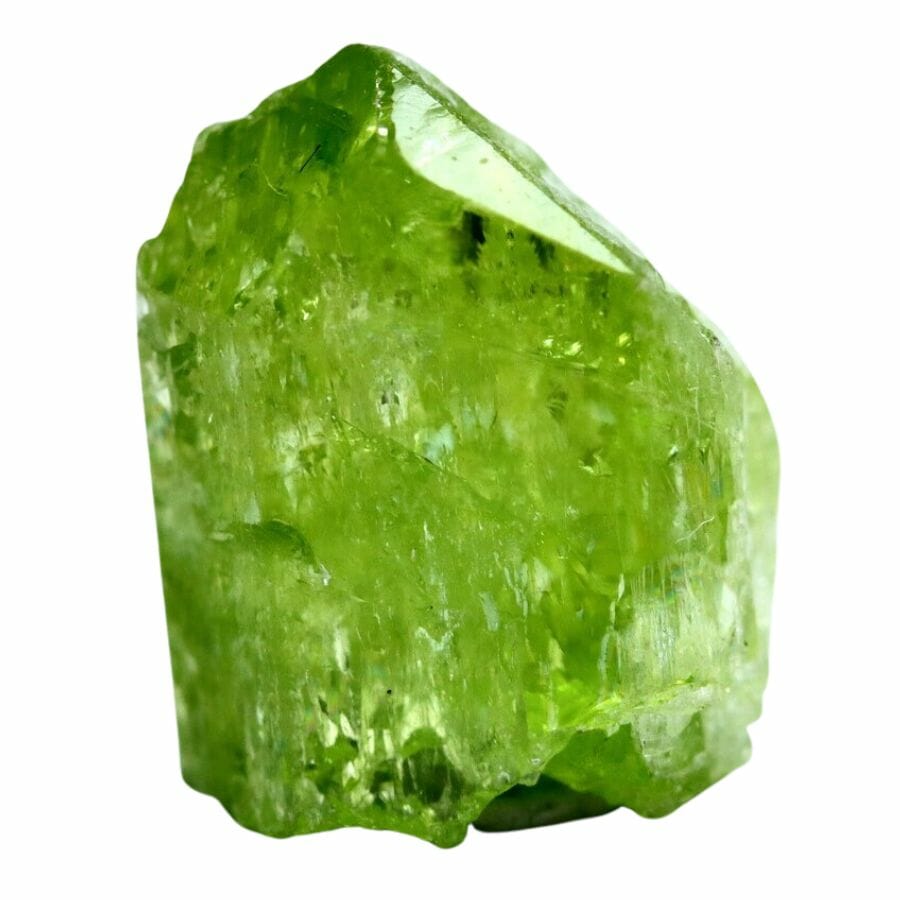
Diopside’s crystals range from light green to almost black. Sometimes, you might even spot the gemmy version of diopside, which is a bright, shiny green and looks like it jumped straight out of a fairy tale.
Deep down beneath our feet, there’s a lot of heat and pressure. When certain types of rocks get exposed to this underground “cooking” process, diopside starts to form.
It loves to grow in places like marble and metamorphic rocks, which are rocks that have been transformed by heat and pressure. Think of it lin ke a cake baking in an oven; the ingredients go in, but something totally different and delicious comes out.
Diopside’s variety of colors is a big hit. That bright green version of diopside, often called “chrome diopside,” is especially popular in jewelry. It sparkles and catches the light, making it a favorite for earrings, necklaces, and rings.
But there’s more to diopside than just its beauty. It’s also used by scientists as a clue to figure out how certain rocks formed and to understand the history of our planet.
Where you can find diopside in Massachusetts
- Marlborough Junction locality, Marlborough
- Bolton Lime Quarries, Bolton
- PJ Keating Quarry, Lunenburg
Zoisite
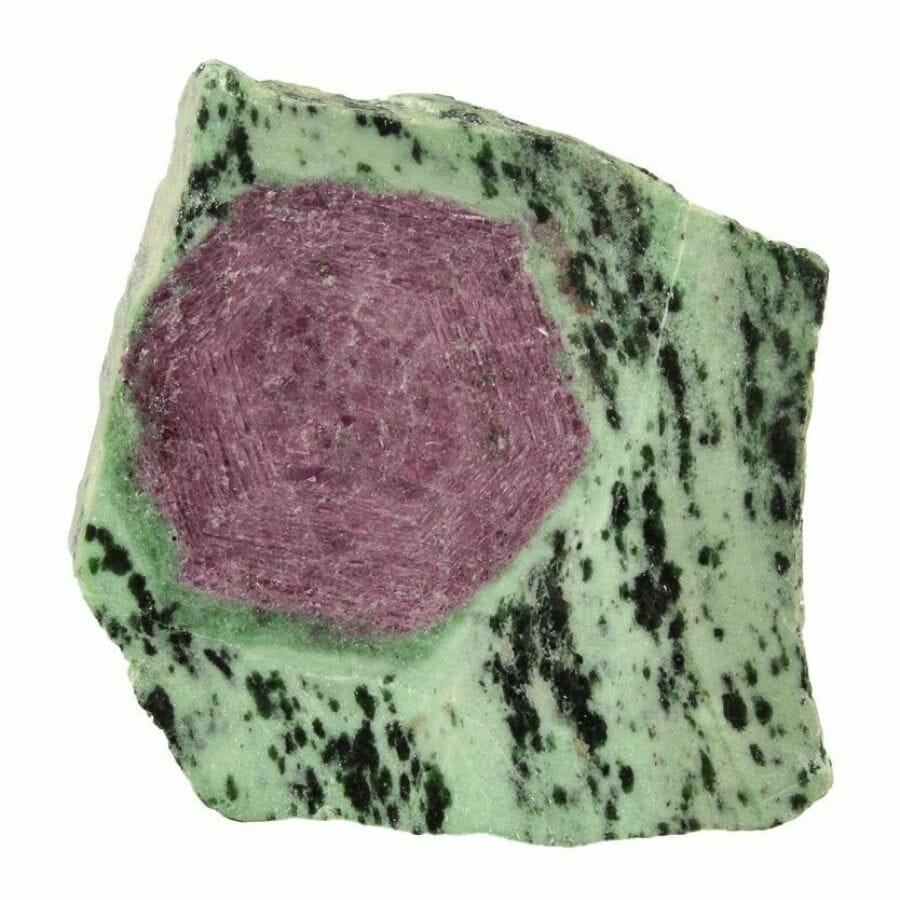
Among the rocks and minerals found in Massachusetts, ziosite stands out as a unique and colorful mineral. It comes in different vibrant colors, from pink to gray, green to blue, and sometimes even multiple colors in a single stone!
But what’s even more fascinating is how it’s made. Deep under the Earth’s surface, when limestone gets cooked up with a pinch of heat and a dash of pressure, zoisite starts to form.
Sometimes, zoisite teams up with another mineral called ruby. When this happens, we get an amazing rock called “ruby in zoisite.” Imagine a stunning red ruby embedded in a sea of green zoisite. This colorful blend is amazing to look at!
Ziosite’s variety of colors makes it super popular for jewelry. Those pretty shades can be turned into necklaces, rings, and more. Plus, some people believe that ziosite has healing powers, like helping people feel more positive and energetic.
Whether you’re into its beauty or the stories behind it, there’s no doubt that zoisite is a rock star in the world of minerals!
Where you can find zoisite in Massachusetts
- Walnut Hill Pegmatite prospect, Huntington (Norwich)
- Conway, Franklin County
- Milford, Worcester County
Tools You Will Need
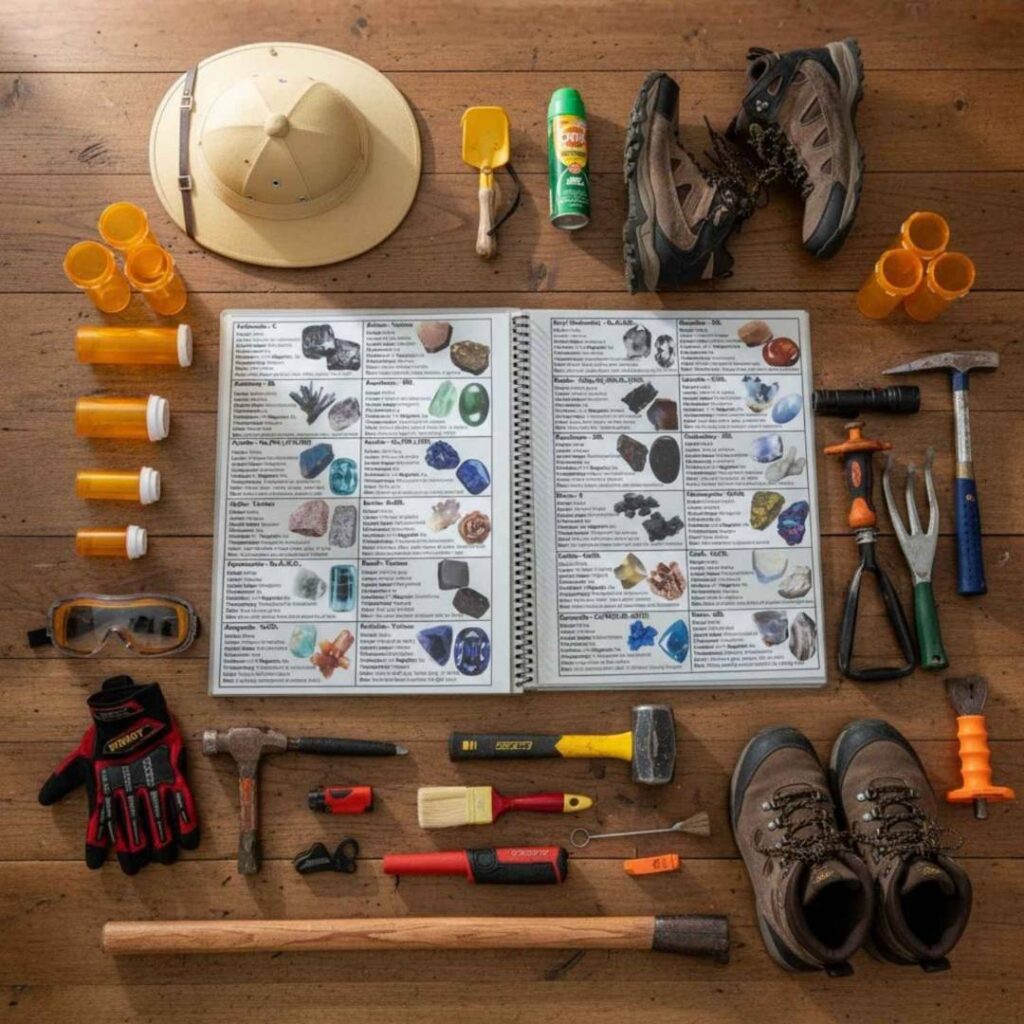
Hunting for gems in Massachusetts is like going on a real-life treasure hunt! These sparkling stones are hidden all over, and you don’t need a lot of expensive equipment to start your search. Just a few simple tools will help you look safely, effectively, and make your adventure super fun.
A Definitive Field Guide – Essential
Every rockhound reaches a point where simply finding pretty stones isn’t enough. The desire to know what you’ve found becomes the new thrill, separating a casual hobbyist from a true collector.
This guide is the game-changer that bridges that gap, making expert-level knowledge accessible to everyone.
It transforms identification from a chore into the most exciting part of the discovery. Instead of dense geological text, it uses over 300 vivid, full-color photos that allow anyone to match their find to a name in seconds.
This intuitive, visual approach is what makes it an indispensable tool that genuinely saves hours of guesswork. It’s not a fragile book destined for a shelf; it’s a field tool through and through, with fully laminated, waterproof pages and a tough iron binding that shrugs off rain and rough handling.
For these reasons, Rock Chasing’s New England Rocks & Minerals Identification Field Guide isn’t just another book. It’s an essential piece of gear that makes every trip more rewarding.
Safety Goggles – Essential
Your eyes are very important, and keeping them safe is the number one rule when looking for gems. When you chip or dig around rocks, tiny sharp pieces can fly. Wearing safety goggles protects your eyes from any dust or rock fragments, letting you focus on finding those sparkling treasures without worry.
Small Trowel or Hand Shovel – Essential
Many gems are found in loose soil, gravel, or softer rock areas. A small, strong trowel or hand shovel is perfect for carefully digging away dirt and debris. It helps you uncover hidden gems gently, so you don’t accidentally damage them with a larger tool.
Rock Hammer – Recommended
While some gems can be found loose, many are hidden inside other rocks. A rock hammer is a great tool for carefully breaking open promising stones to see what treasures are inside. It has a flat end for breaking and a pointed end for chipping away at host rock, which is highly recommended for any serious hunter.
Stiff Brush – Optional
Gems you find will almost always be covered in dirt and mud, which can hide their true color and sparkle. Bringing an old, stiff-bristled brush, like a vegetable brush or an old toothbrush, is a great idea. You can use it to scrub your finds clean right in the field, helping you instantly see the quality of what you’ve discovered.
Our Favorite Places For Gem Mining In Massachusetts
We came up with a list of our favorite places to gem mines that anybody on any stage of their journey can use. For adults or those who are in more advanced stages of their hobby, these locations can provide some real gem hunting adventures. While for kids or those who are just beginning, these can provide a great first-time experience.
Always Confirm Access and Collection Rules!
Before heading out to any of the locations on our list you need to confirm access requirements and collection rules for both public and private locations directly with the location. We haven’t personally verified every location and the access requirements and collection rules often change without notice.
Many of the locations we mention will not allow collecting but are still great places for those who love to find beautiful rocks and minerals in the wild without keeping them. We also can’t guarantee you will find anything in these locations since they are constantly changing.
Always get updated information directly from the source ahead of time to ensure responsible rockhounding. If you want even more current options it’s always a good idea to contact local rock and mineral clubs and groups
Betts Manganese Mine
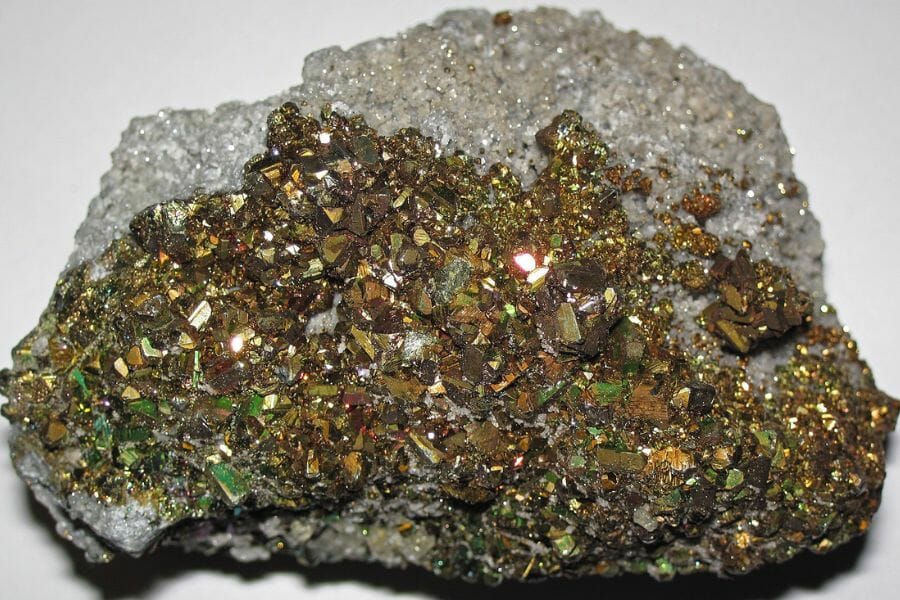
252 Prospect St, Plainfield, MA 01070
Betts Mines, located in the town of East Hampton, is an attraction that has been around since the 1800s, when it was first opened by a man named John Betts. Betts was an amateur geologist and rock collector who discovered gems in the area and realized their potential for mining. Over time, the place became one of the largest producers of gemstones in New England, with dozens of different types of gems being found on site. Today, you can take part in gem mining here and take home some amazing finds!
The Types of Gems Found In The Betts Manganese Mine
This place is our favorite because of the diversity of gemstones that can be found here. Most abundant among these are the following:
- Garnet
- Pyrite
- Rhodonite
The Best Time To Visit Betts Manganese Mine
If you’re planning to visit, do so during the summer months of June, July, and August. This is when the weather is warm enough for comfortable outdoor activities and the ground is dry enough to allow easy access to the mine.
If your kids keep asking, “What rock is this?”, here’s your answer.
🪨 300+ bright, kid-friendly photos
💦 Waterproof and built for outdoor adventures
🔍 Simple explanations made for young explorers
🌲 Helps kids learn, play, and explore outdoors
This durable field guide shows them exactly what they found, fast, fun, and frustration-free.
Reynolds Mine
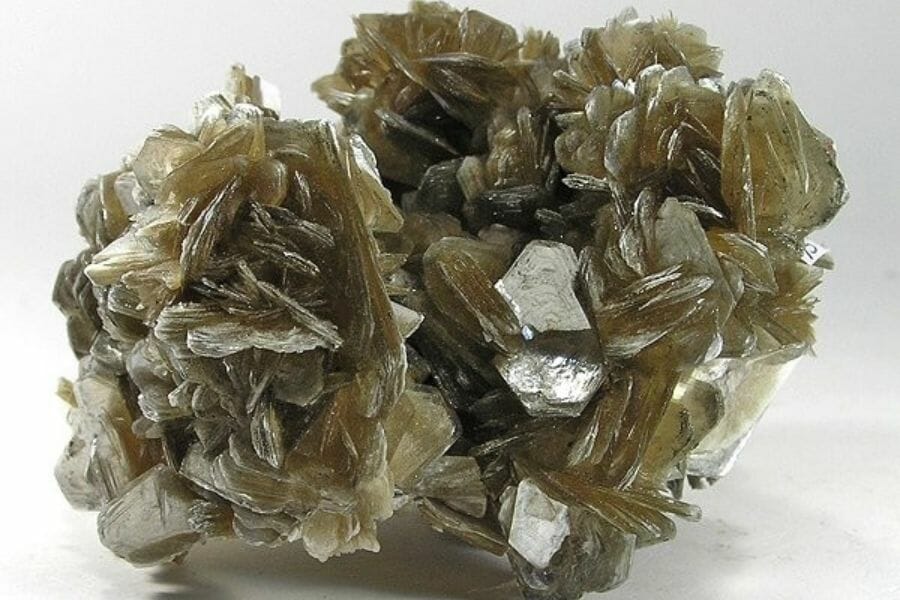
Beryl Hill, Royalston, MA 01368
Reynolds Mine, located in the Berkshire Mountains, has been in operation since the late 1940s and is known for its high-quality gems. It’s been owned by the same family for over 70 years and is now run by the fourth generation of miners. You can take part in sluicing, panning, and digging of gems when you visit here. The mine also offers a variety of educational programs about geological processes and gem identification.
The Types of Gems Found In The Reynolds Mine
This place is known for having different kinds of gems, such as the following:
- Beryl
- Muscovite
- Quartz
The Best Time To Visit Reynolds Mine
While the mine is open year-round, the best time to visit is during the summer months, from late May to early September. During this time, the weather is warmer and more conducive to outdoor activities.
Monument Mountain
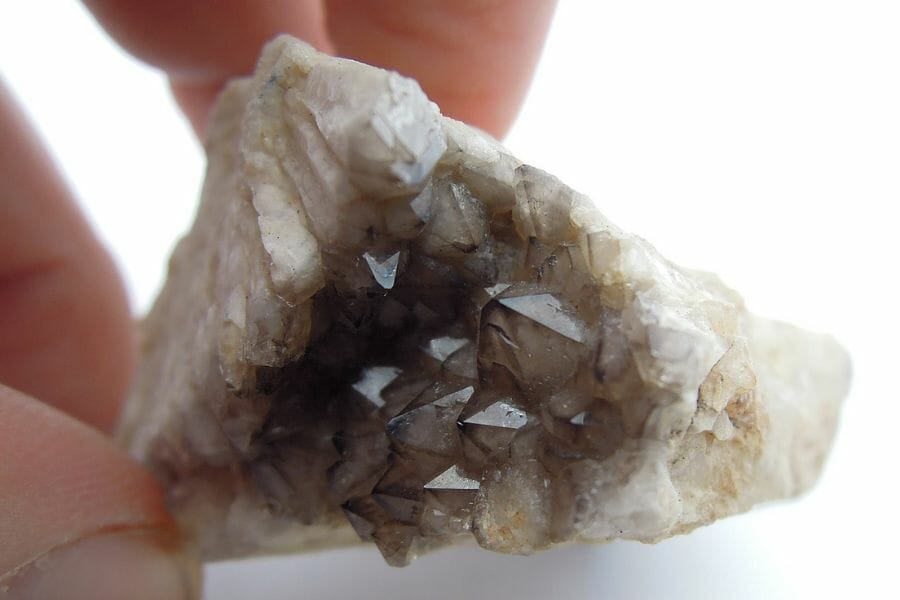
Stockbridge, MA 01230
Located in the Berkshires region, Monument Mountain dates back to the 17th century when it was part of the original settlement of Stockbridge. The place was used by Native Americans as a trading post and later became a popular tourist attraction due to its scenic views. During the 19th century, gem mining became popular at Monument Mountain as miners sought out quartz and other precious stones. Today, it is visited by many who want to experience gem mining while taking in the spectacular views of the mountain and countryside.
The Types of Gems Found In The Monument Mountain
This location has plenty of different kinds of gemstones, but most abundant of these is the Smoky Quartz.
The Best Time To Visit Monument Mountain
Eyeing to visit this place? The best time do it is during the summer months when the weather is warm and the ground is dry. Some of the best finds come in the warmer months when the water level is lower and more of them are visible.
A Crystal Mine – Great for kids

276 Turnpike St -Rt 9 Westborough, MA 01581
A Crystal Mine is a family-owned mine located on a private property, where you can search for gems in the streams, ravines, and hills. You can also purchase geodes to crack open with the provided tools. The place has been in operation since 1988 and, over the years, has expanded to include gem cutting, jewelry making, and rock tumbling classes.
The Types of Gems Found In A Crystal Mine
This place is great for kids to be introduced to the hobby of gem mining since it has a wide range of different gemstones that can be found in our state.
The Best Time To Visit A Crystal Mine
The mine is open year round, but hours may vary depending on weather conditions or special events that may be taking place here. If you wish to visit, make sure to call ahead as some areas may be closed due to safety reasons or other reasons beyond their control. The best time to be here is during the summer months, between June and August, when it tends to be less crowded.
Natural Bridges State Park – Great for kids
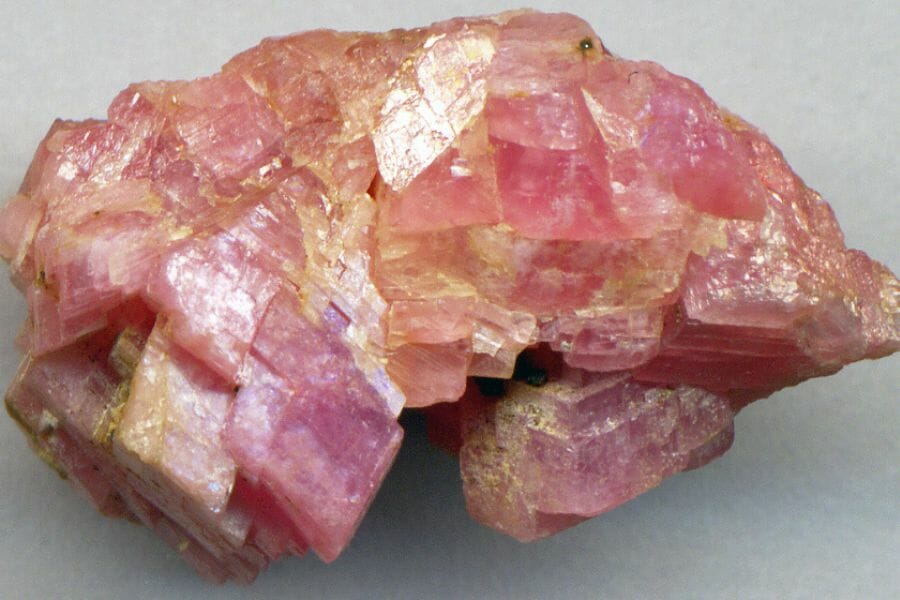
McAuley Road, North Adams, MA 01247
Natural Bridges State Park is home to a unique geological formation known as “natural bridges” that were formed when glaciers receded thousands of years ago. Apart from its various outdoor activities for hikers, mountain bikers, and horseback riders, this place have so much adventure to offer to gem miners. You can also purchase bags of sand containing various gems at the park office and search through them.
The Types of Gems Found In The Natural Bridges State Park
There are different kinds of gemstones, both rare and more common, that can be found in this place. Particularly, the ones present here are those naturally found in our region.
The Best Time To Visit The Natural Bridges State Park
If you’re visiting this place with kids, the best time to do so is in the spring or summer months when the weather is warm and dry. Aside from the weather, the spring or summer days are also brighter, making it a perfect time to explore the place for gems.
Other Great Options For Real Gem Mining in Massachusetts
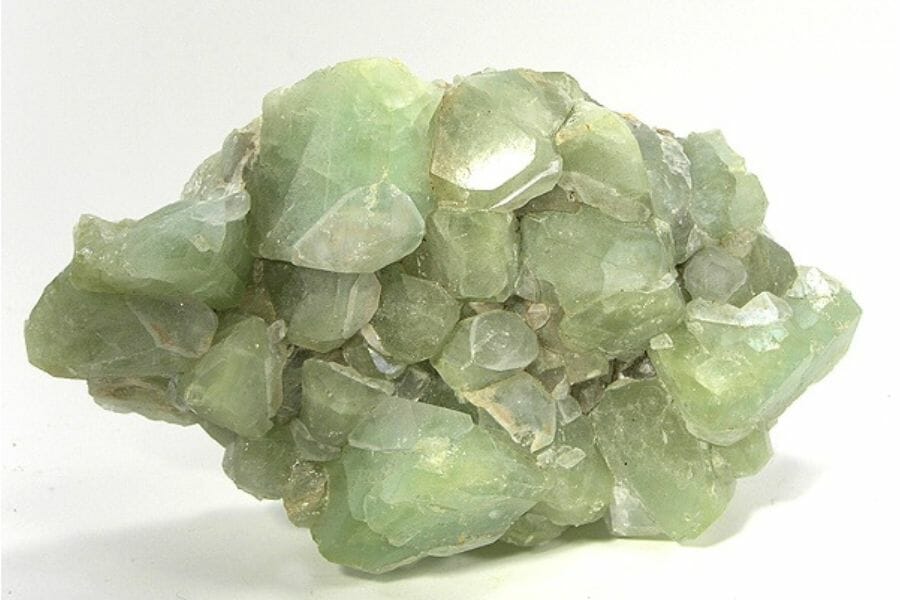
Apart from our favorite places, there are other excellent choices to do gem hunting in our state. Through time, these locations have been among the most visited ones because of their abundant gemstones.
- Lime Quarry Reservation – Actinolite, Blue Apatite, Calcite, Fluorite, Scapolite, Titanite
- Chipman Silver Mine – Malachite, Pyrite, Siderite
- Devil’s Den – Serpentine
- Lane Trap Rock Quarry – Amethyst, Datolite, Prehnite
- Northfield Mountain – Garnet
- Gay Head – Amber
- Cohasset – Epidote, Jasper
- Middlesborough – Agate, Chalcedony
- Lane Quarry – Amethyst, Datolite, Prehnite
- Davis Mine – Pyrite
- Marshfield – Jasper
- Rockport – Amazonite
- Deerfield River – Agate, Chalcedony, Jasper
- Barrus Mine – Lepidolite, Spodumene, Tourmaline
- Norwich Bridge – Beryl
The Top Public Gem Mining Locations in Massachusetts
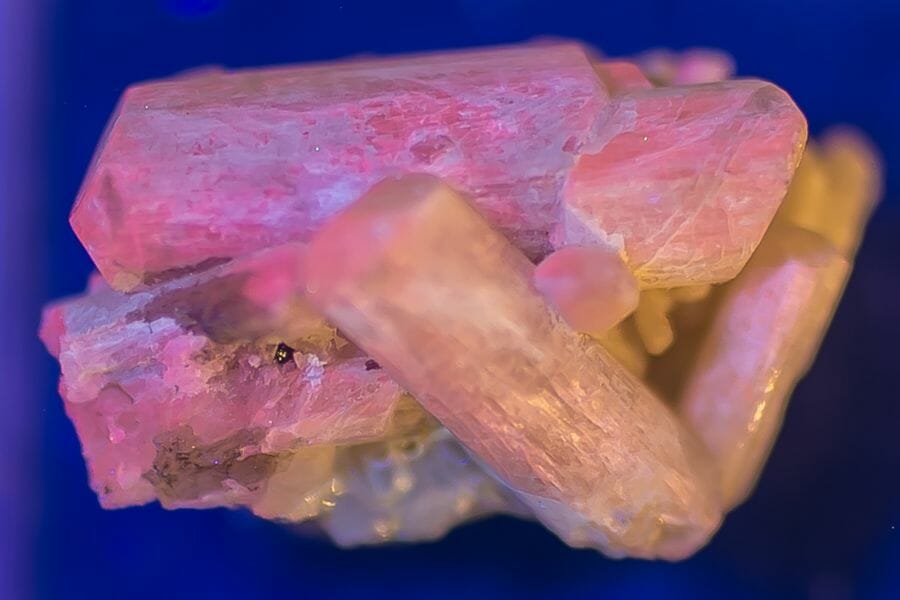
For families wanting to expose their children to the thrill and adventure of gem hunting, here are some of the best family-friendly locations that both you and your kids will enjoy visiting.
- Sandwich Beaches – Jasper Sandwich, MA 02563
- Lily Pond – Hampshire County, MA 01032
- Rollstone Hill – Fitchburg, MA 01420
Massachusetts Gem Mining Laws And Regulations
The Massachusetts Department of Environmental Protection (DEP) regulates recreational gem mining in the state. This activity is considered a non-commercial activity and must comply with applicable laws and regulations.
In general, you must obtain a permit from the DEP prior to conducting any activities. This permit should include a detailed plan outlining all proposed activities, as well as any safety protocols or other considerations related to the operation. Additionally, all gem searching activities must adhere to certain rules and regulations regarding wastewater discharge, dust control, and hazardous materials storage. Operators are also required to adhere to local regulations set by local governments within their jurisdiction.
For more information on the state’s gem mining laws and regulations, visit the Massachusetts Department of Environmental Protection’s link above.
Additional places to mine for gems in nearby states
Once you’ve visited each of the locations we listed above to find gems, you should check out the guides we’ve made to discover more gems in the nearby states, which we encourage you to visit:
- Gem mining in Connecticut
- Gem mining in New Hampshire
- Gem mining in New York
- Gem mining in Rhode Island
- Gem mining in Vermont
If you have any recommendations we haven’t covered, please leave them in the comments below!

